Large Cents
60 products
Showing 1 - 24 of 60 products
The U.S. large cent, first minted in 1793, was the nation's first official coin and played a crucial role in early American commerce. Made entirely of copper, it symbolized the young country's economic independence, with various designs of Lady Liberty reflecting evolving national values. Though discontinued in 1857 due to rising copper costs and practicality concerns, the large cent remains highly valued by collectors for its historical significance. Learn More
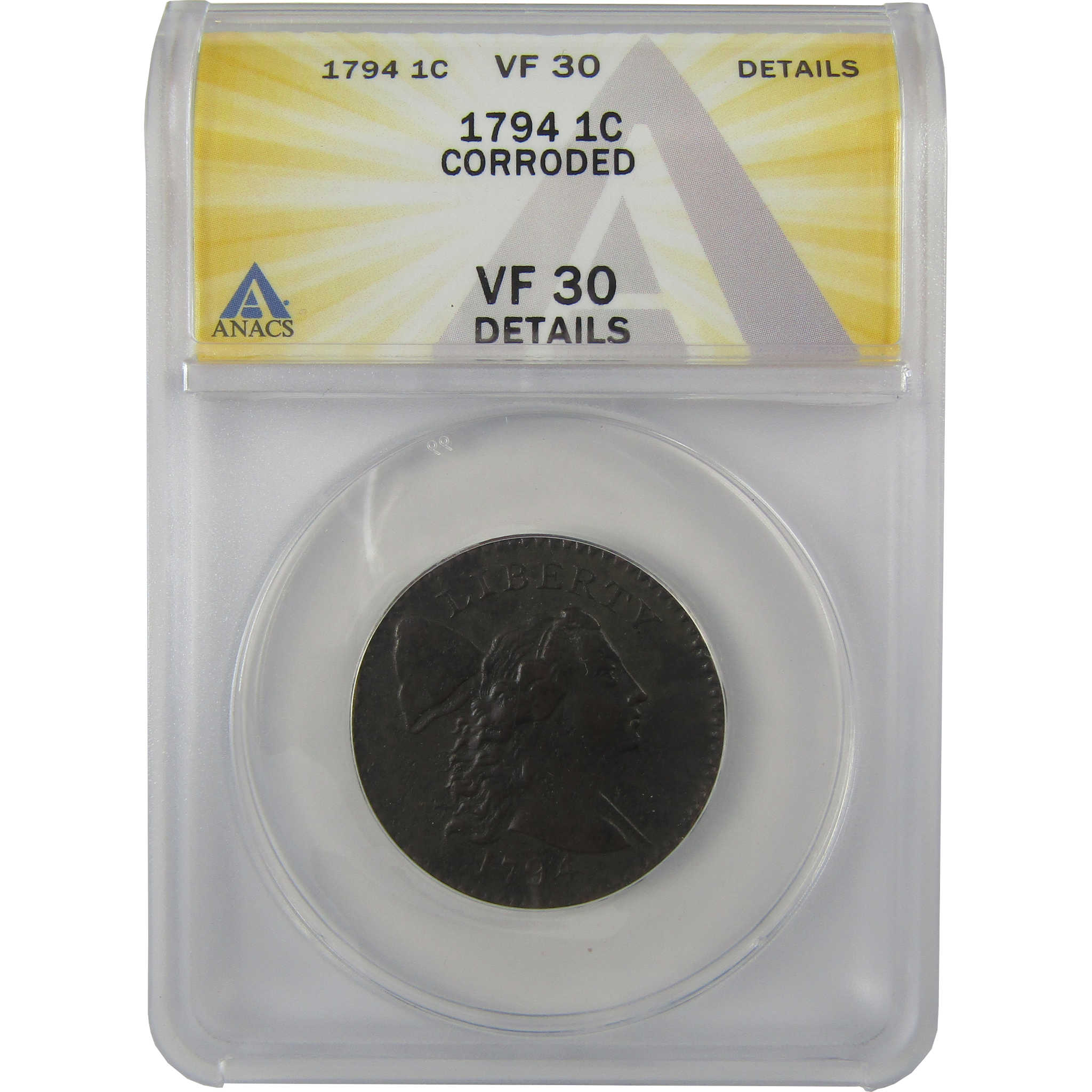
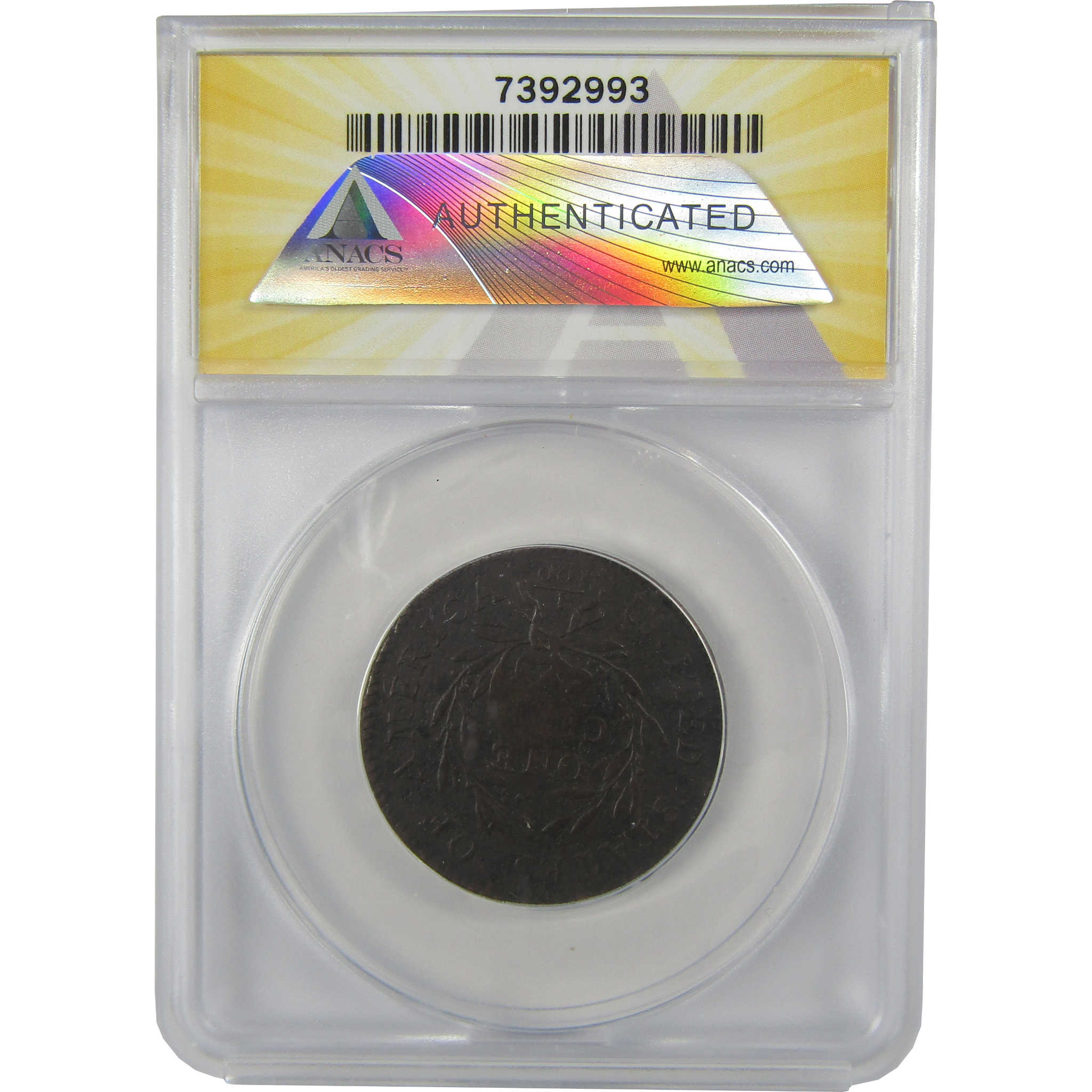
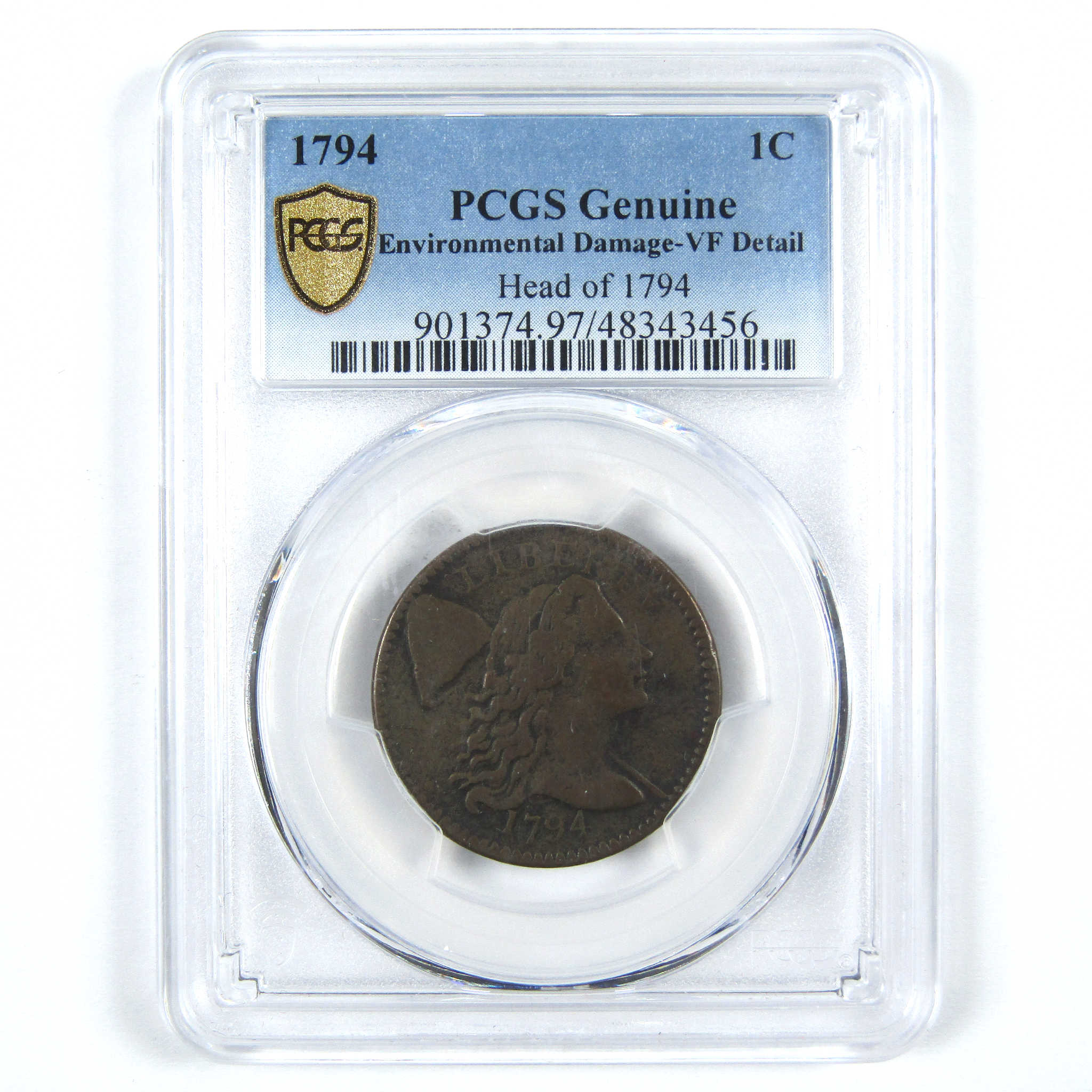

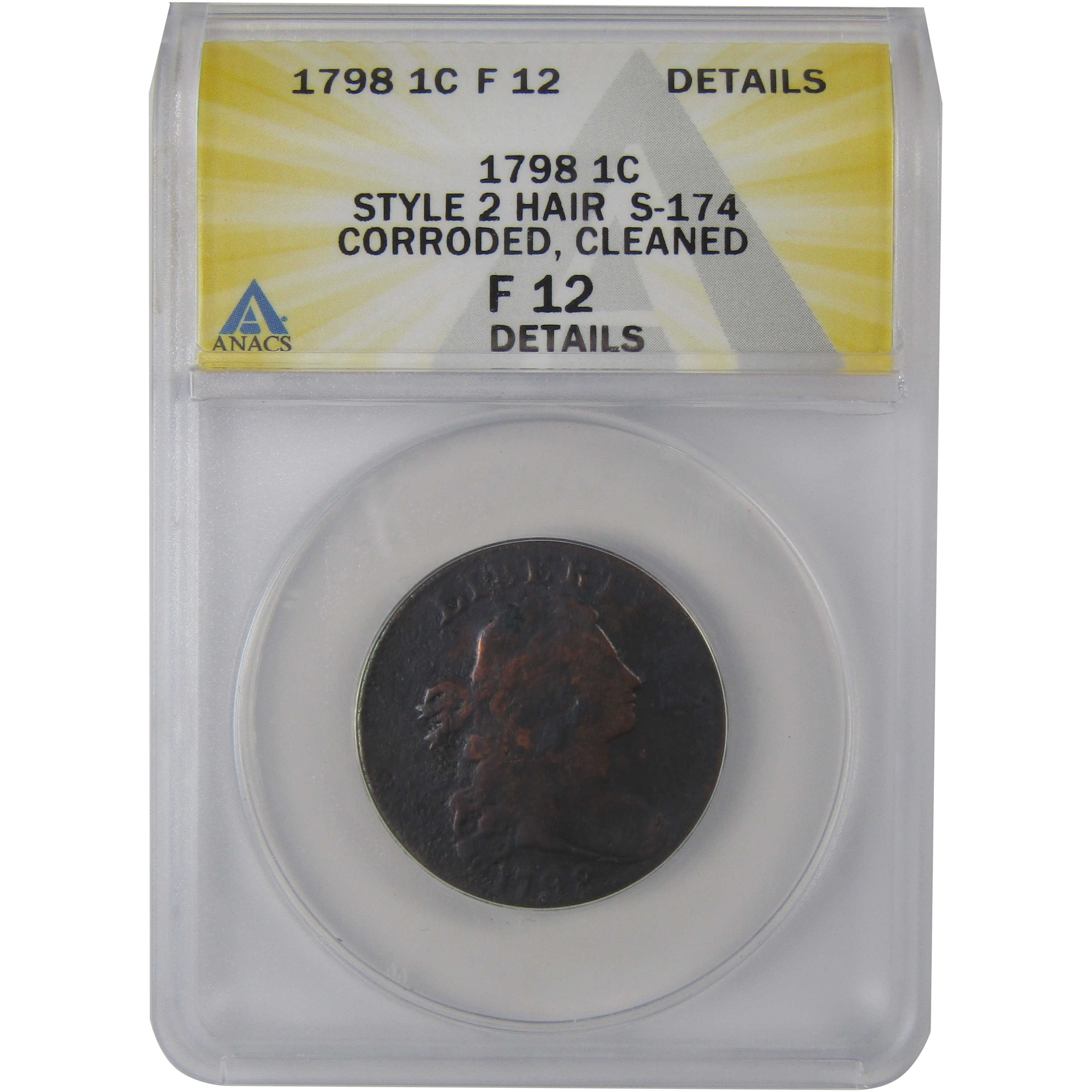
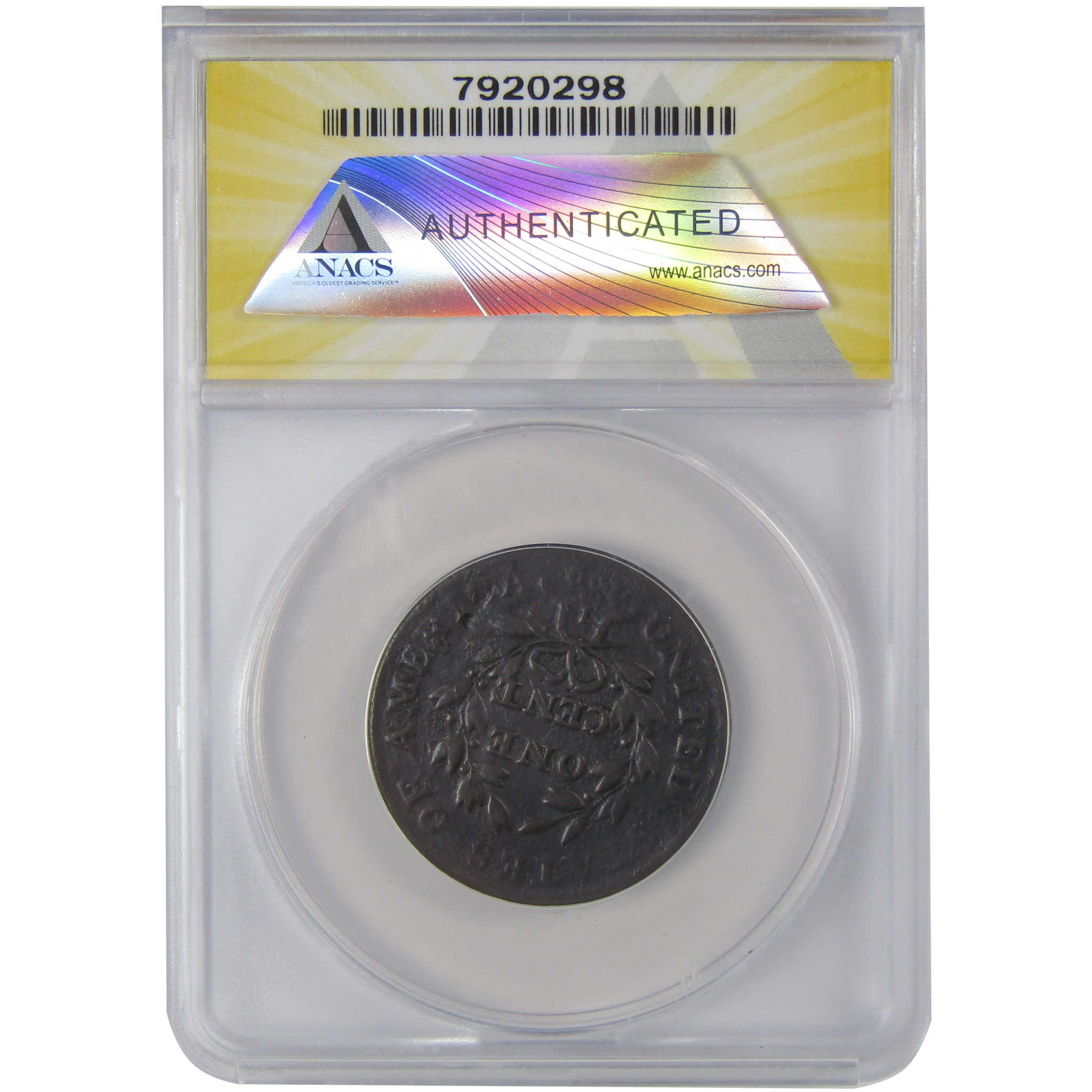
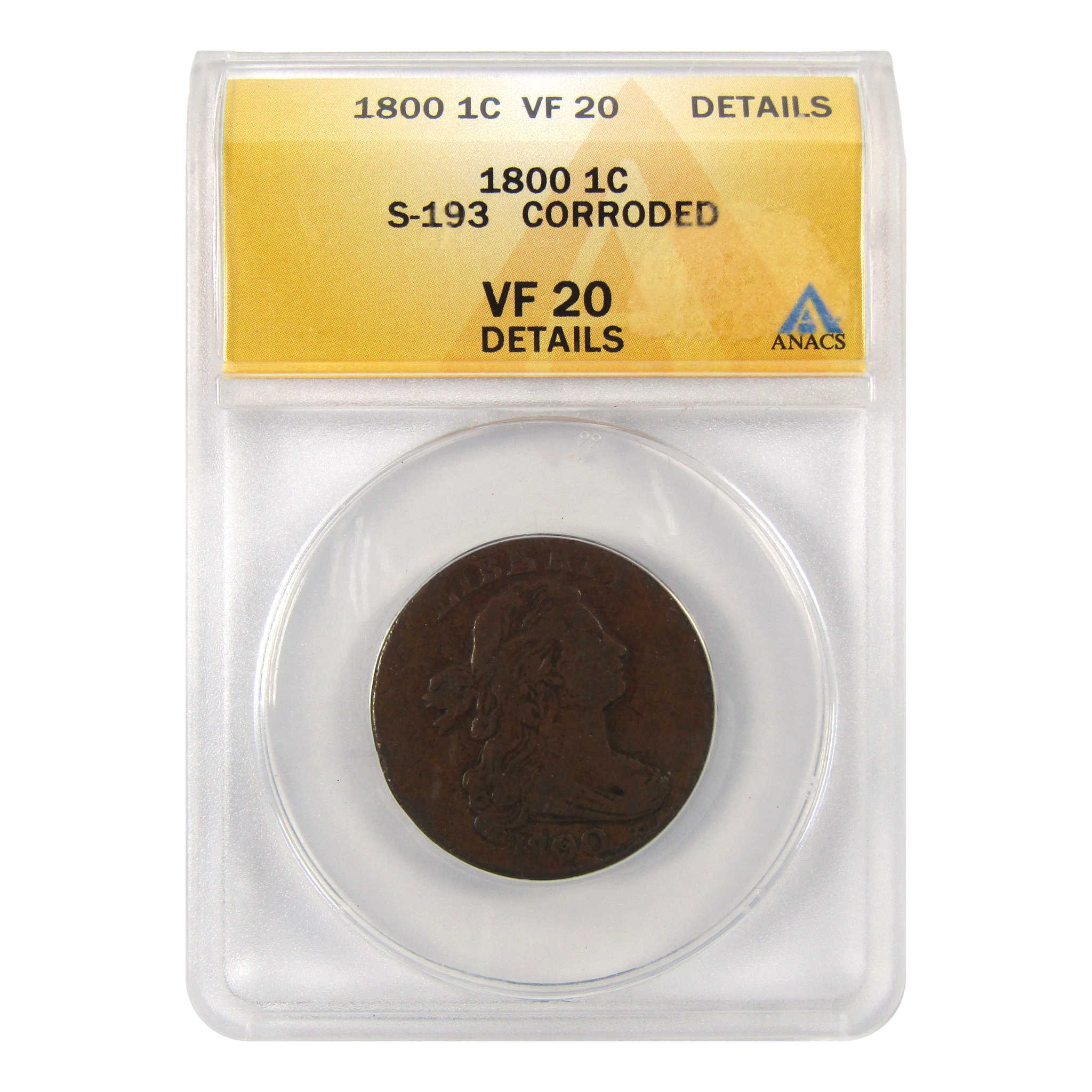
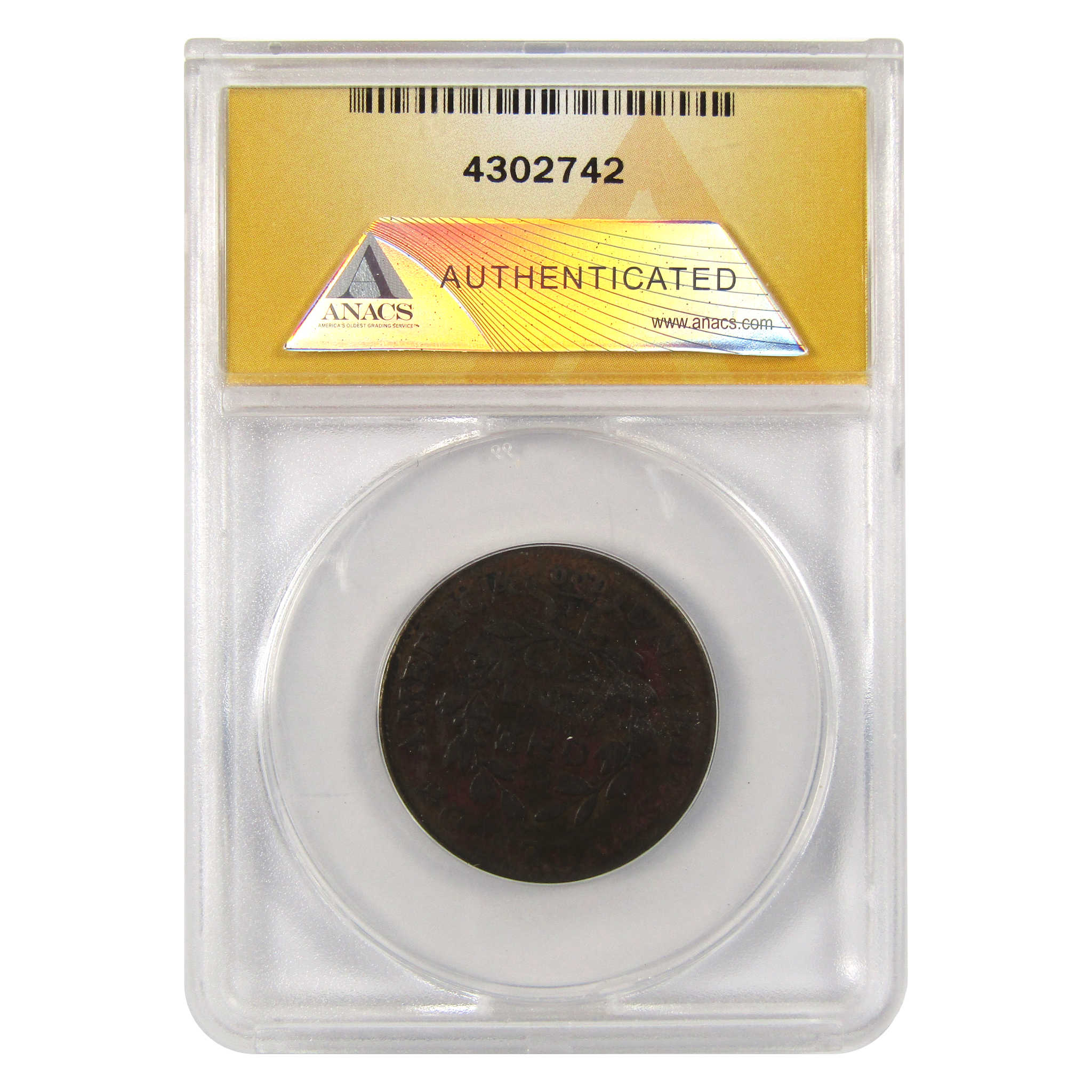

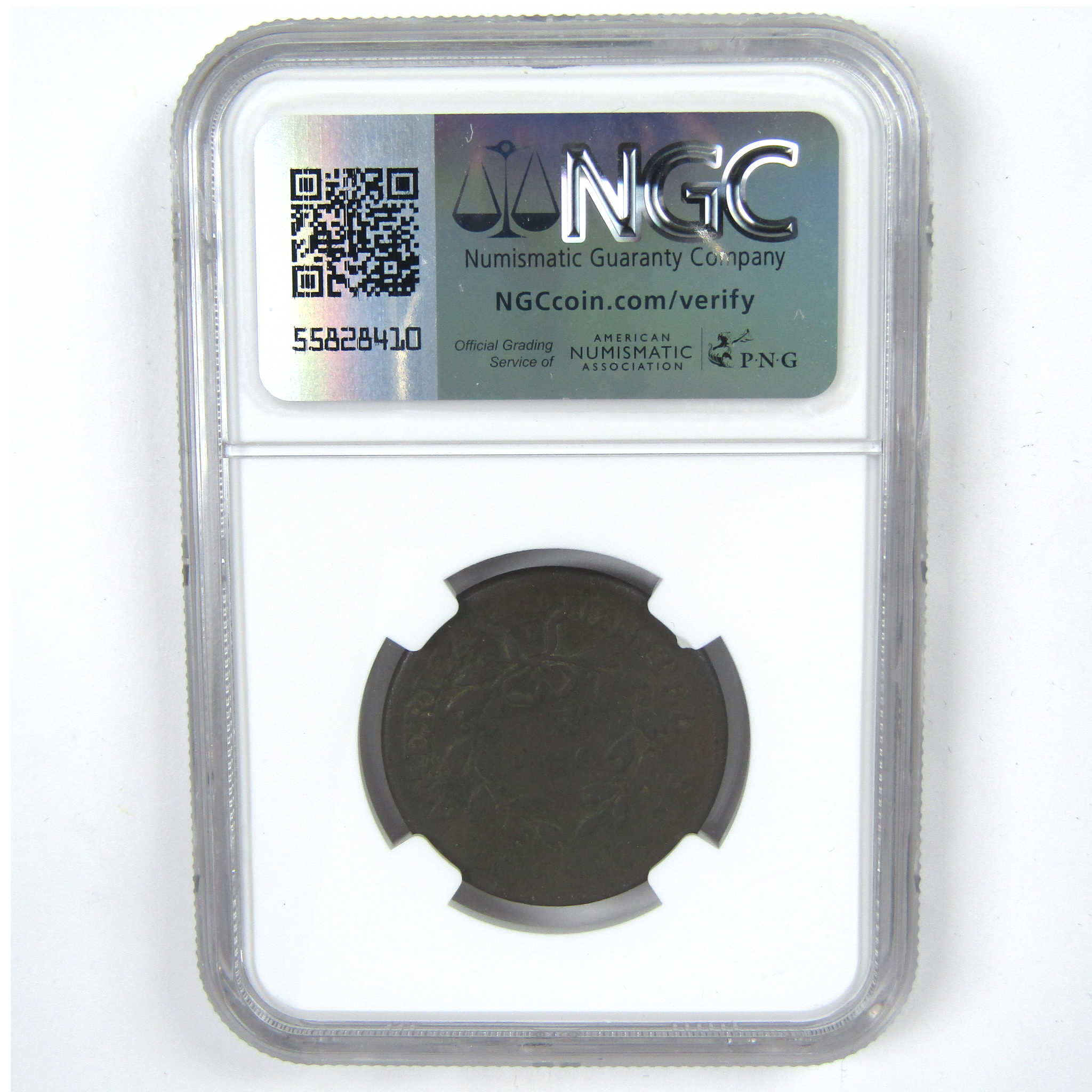
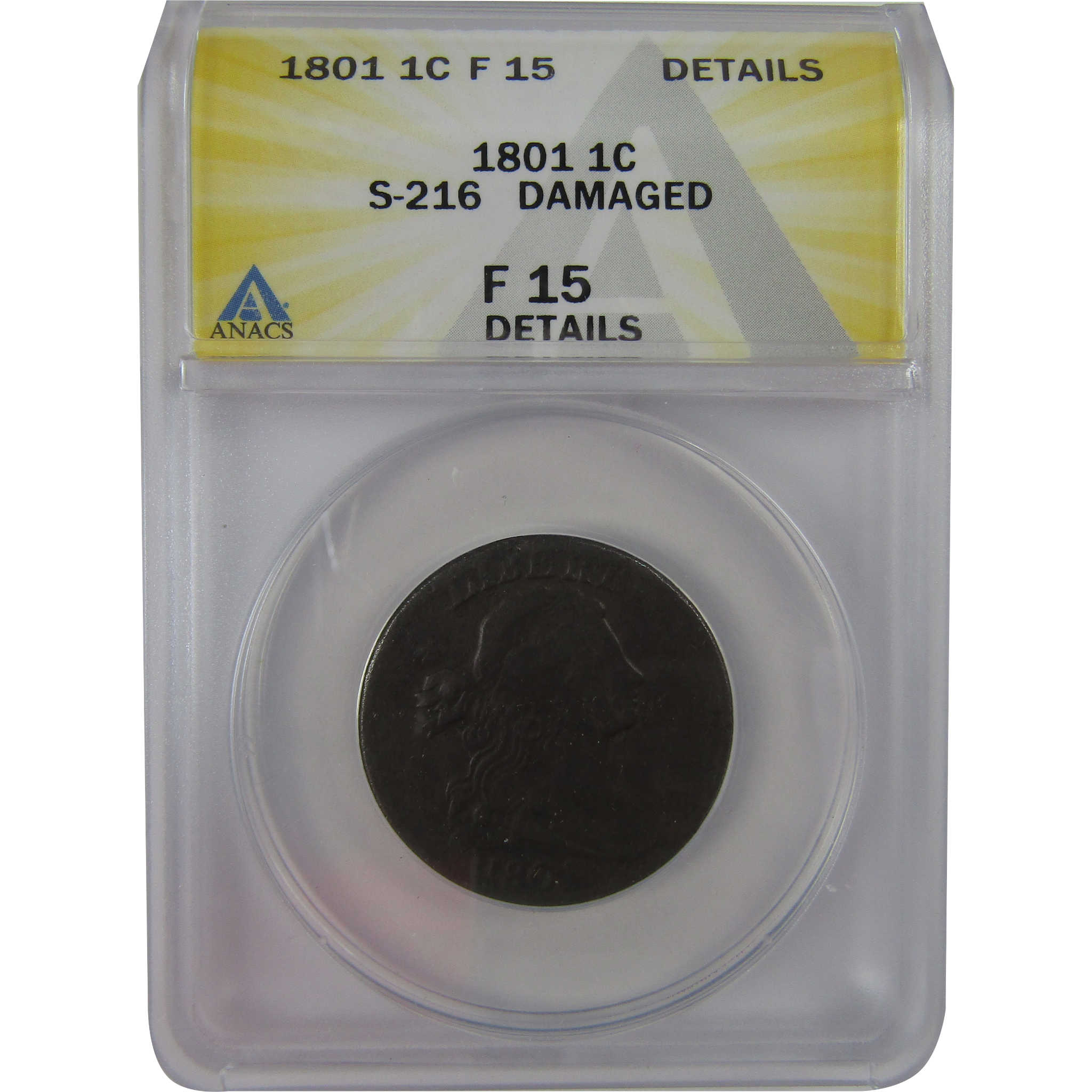
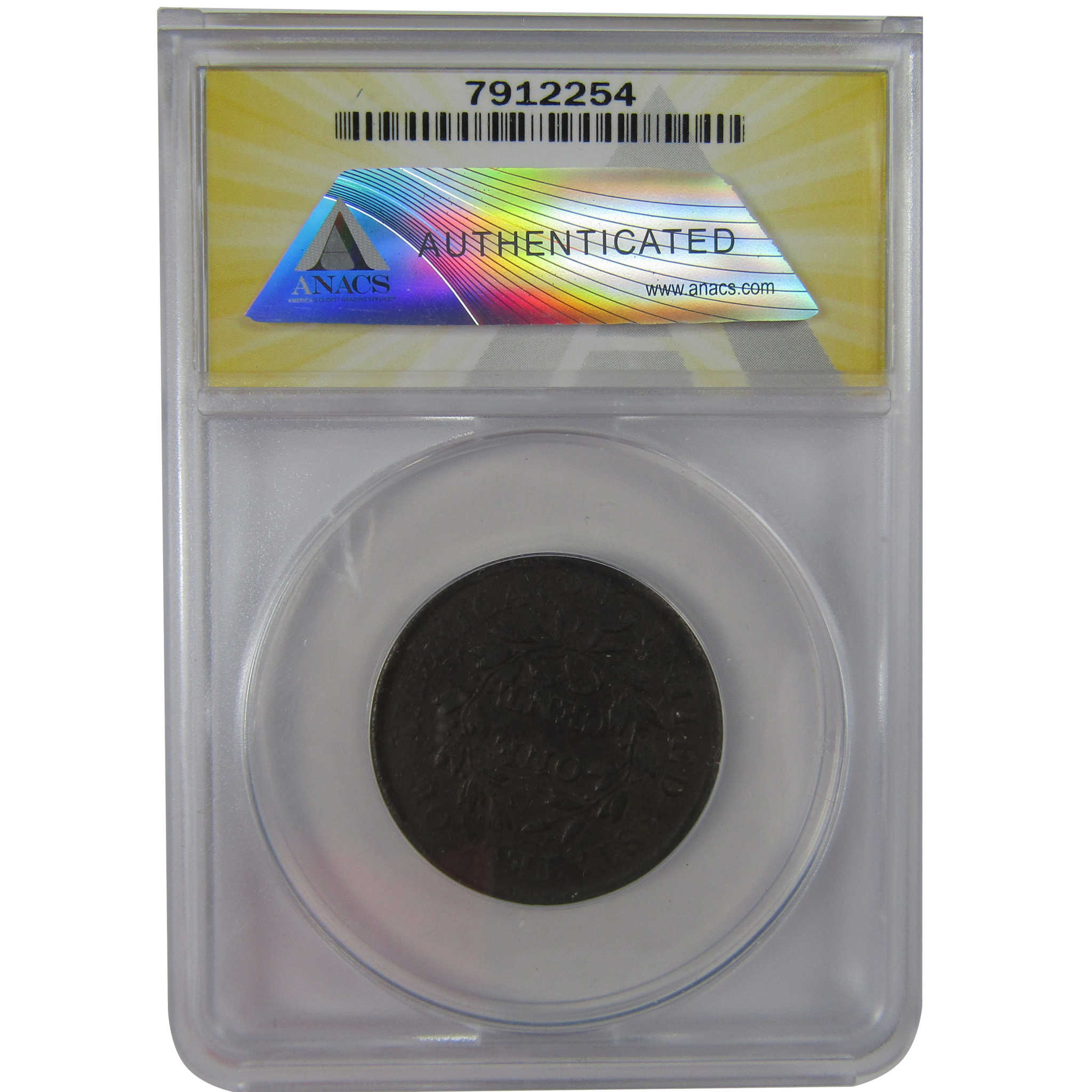
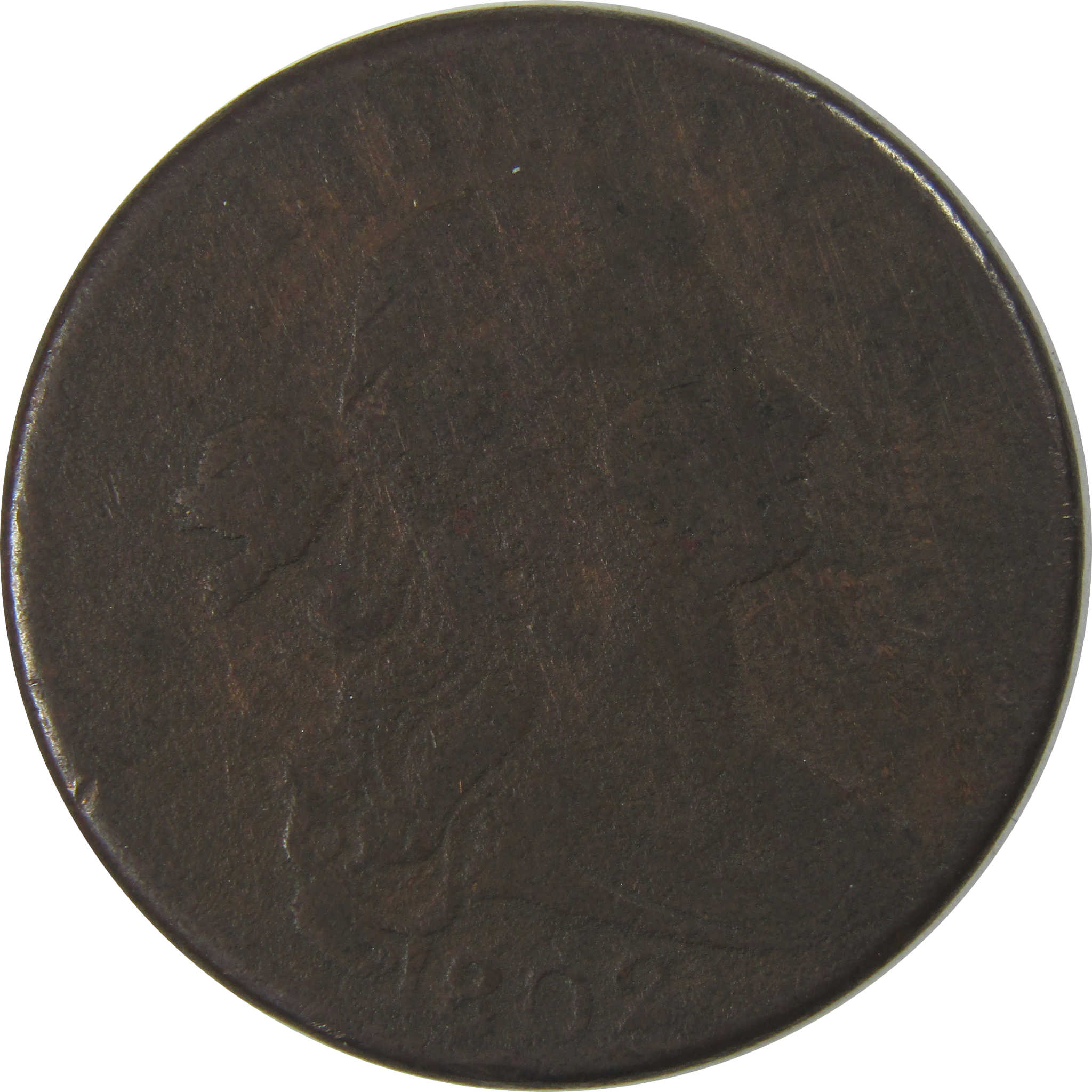
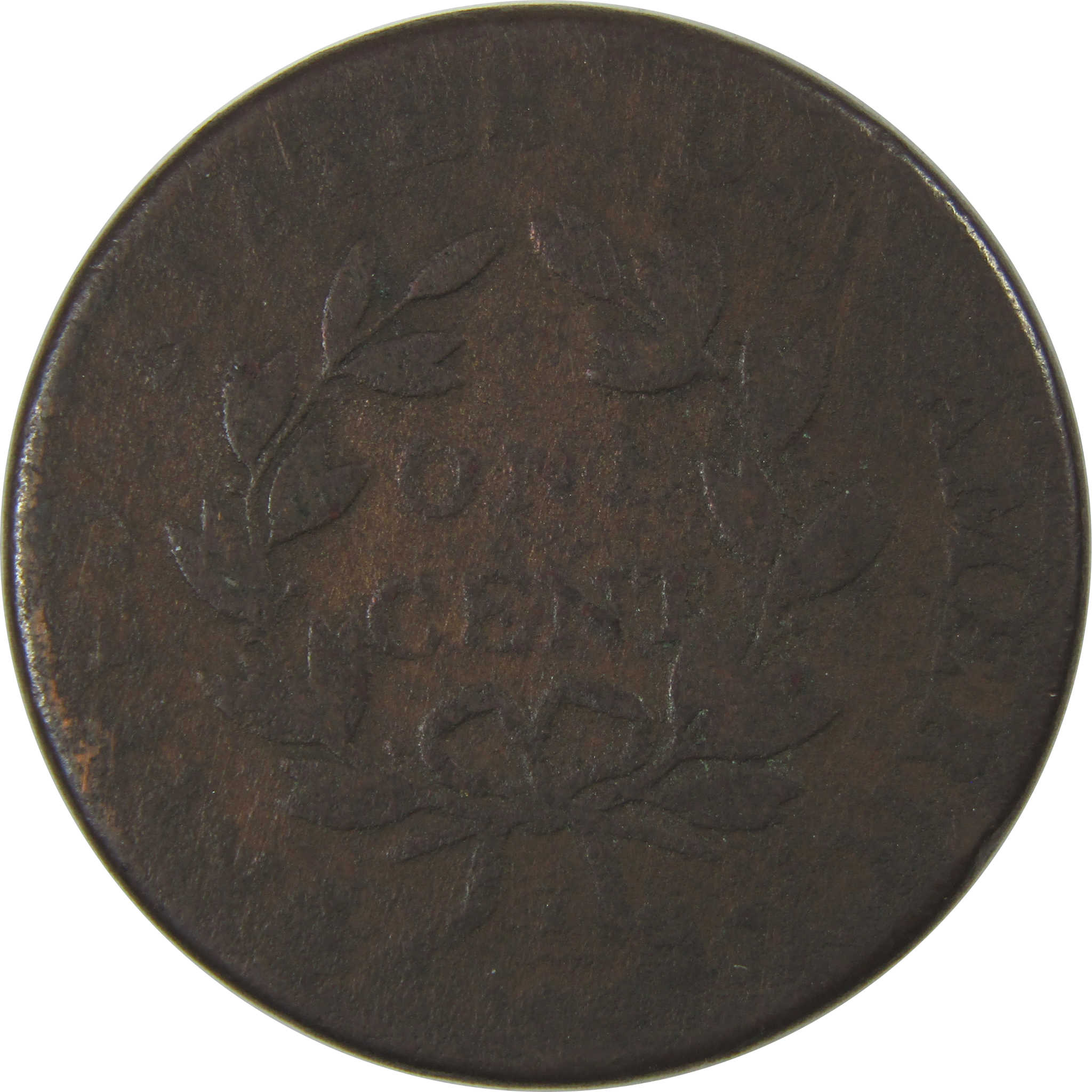
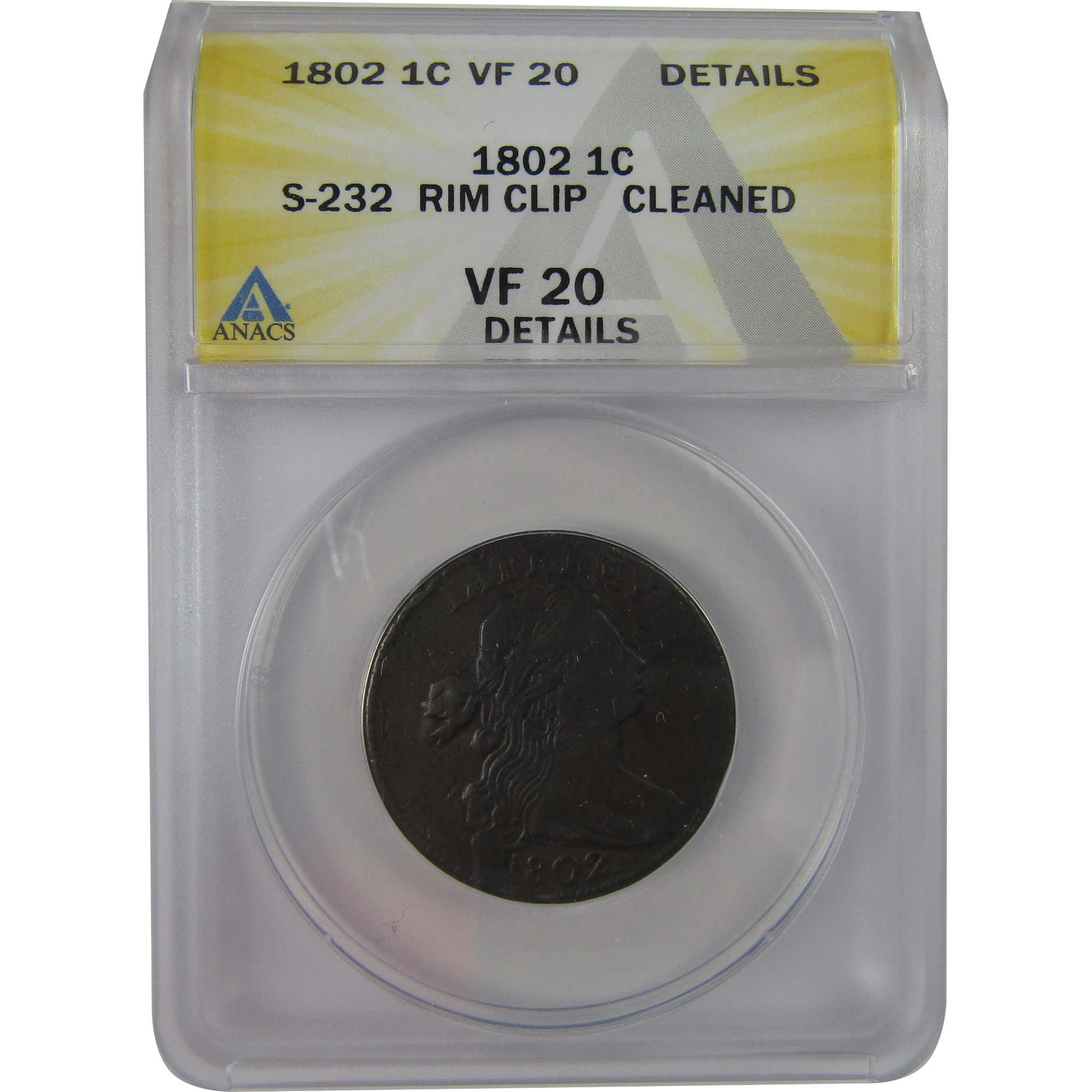
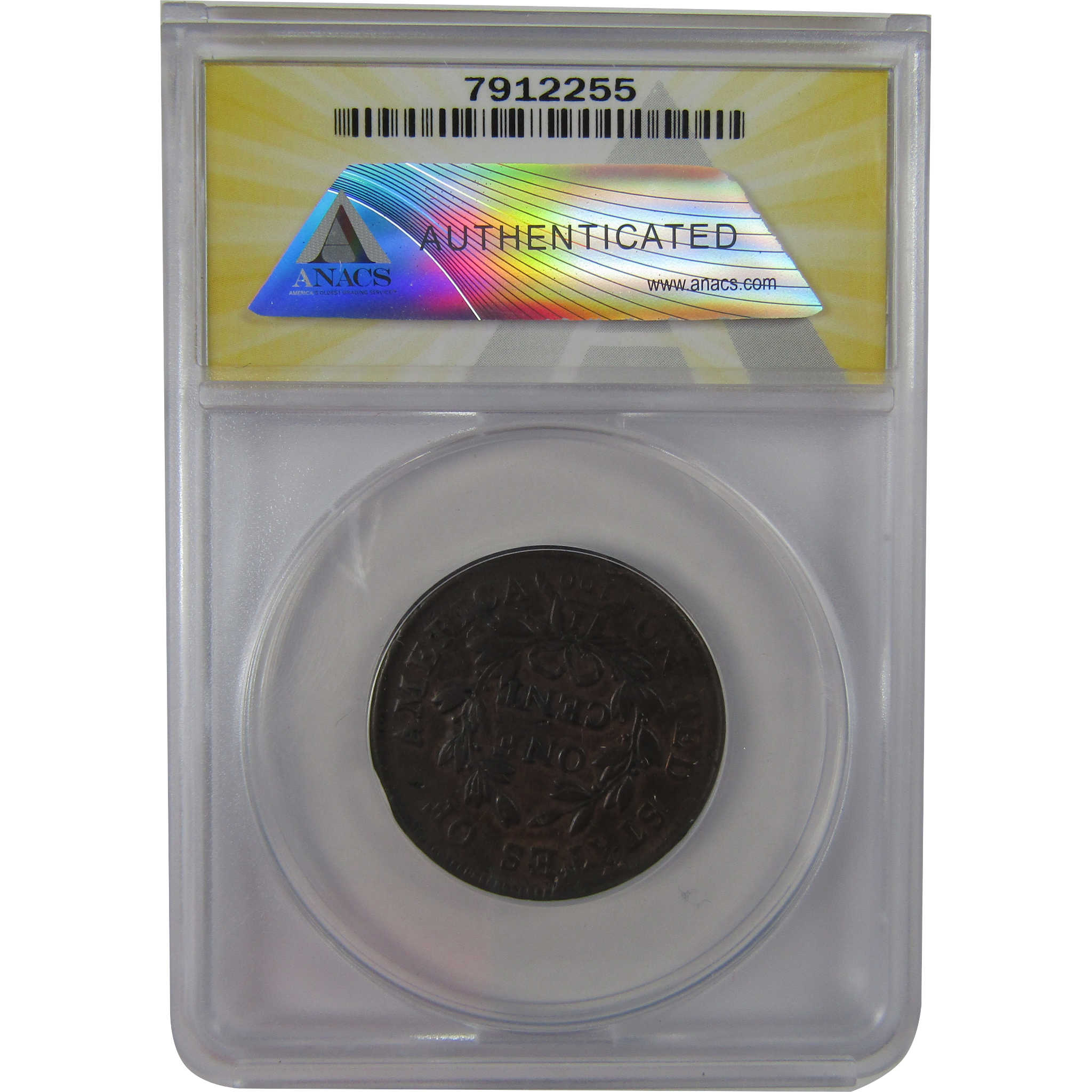
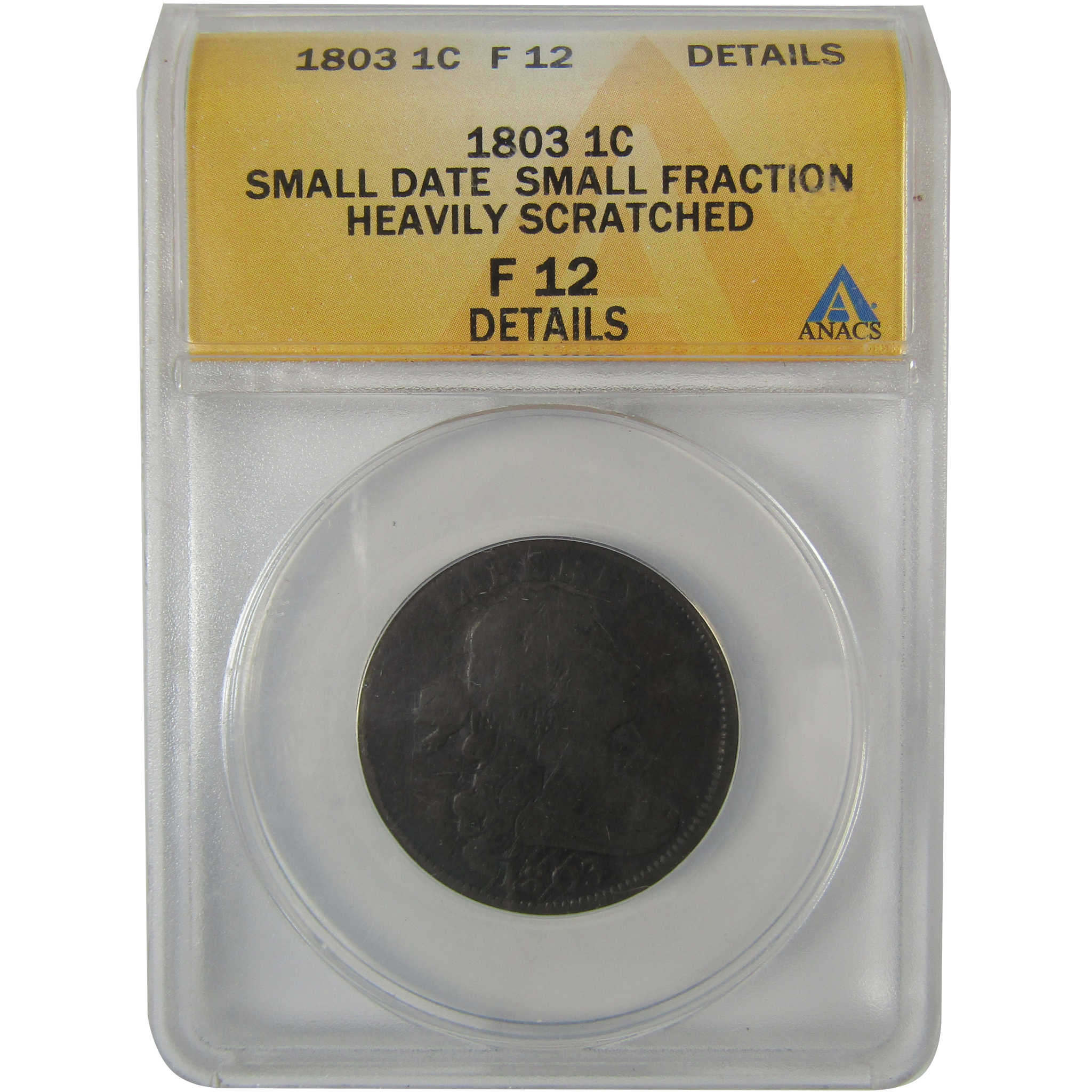
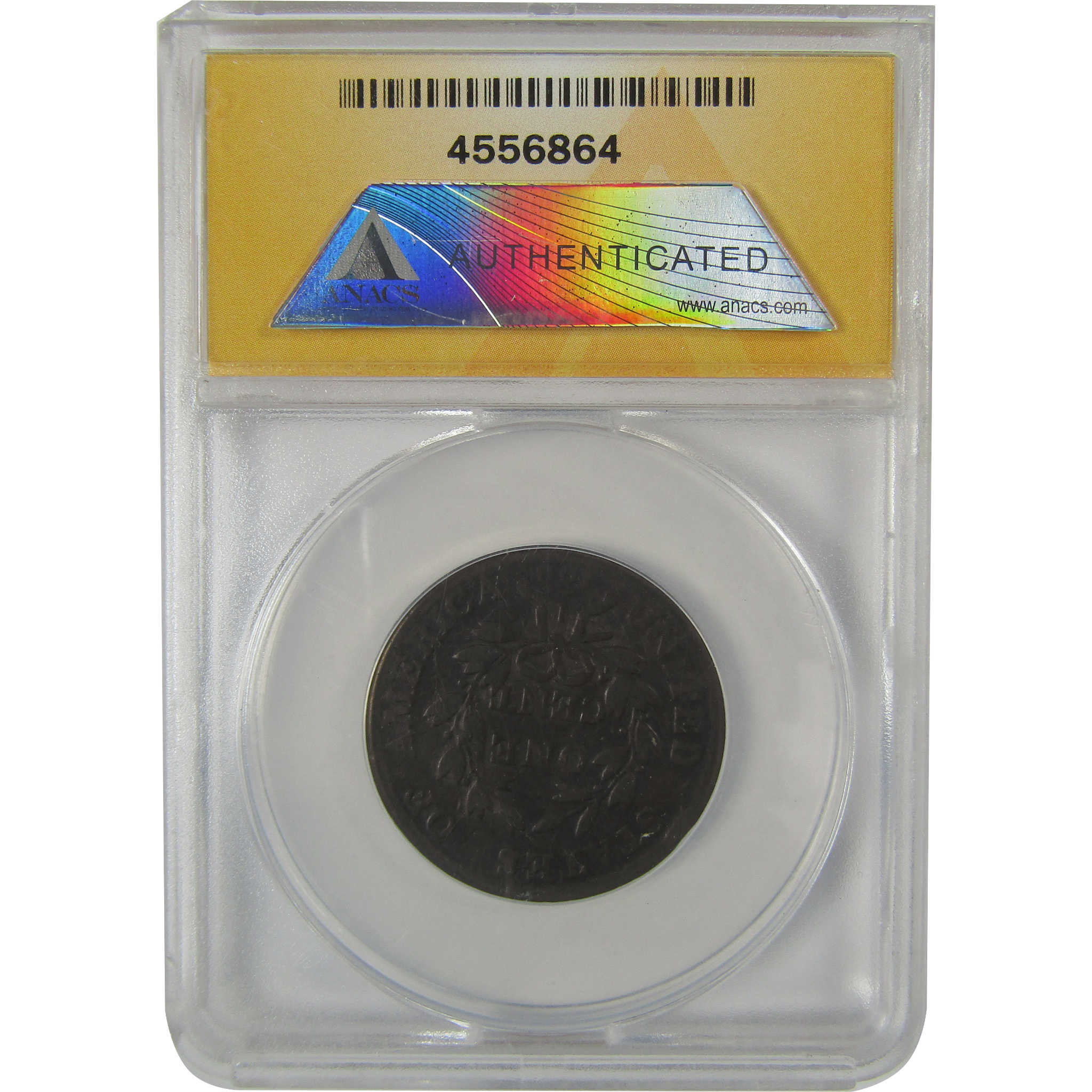
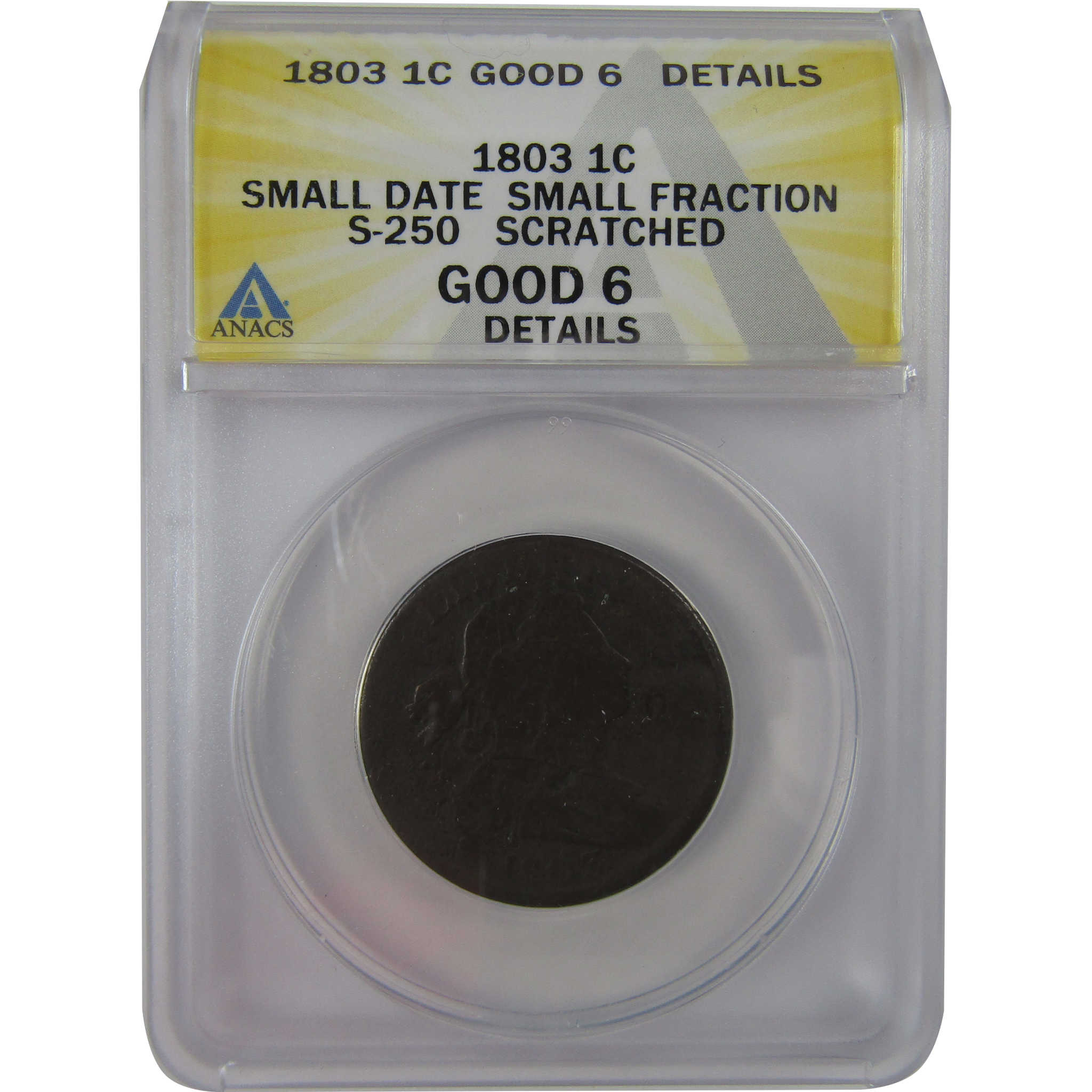
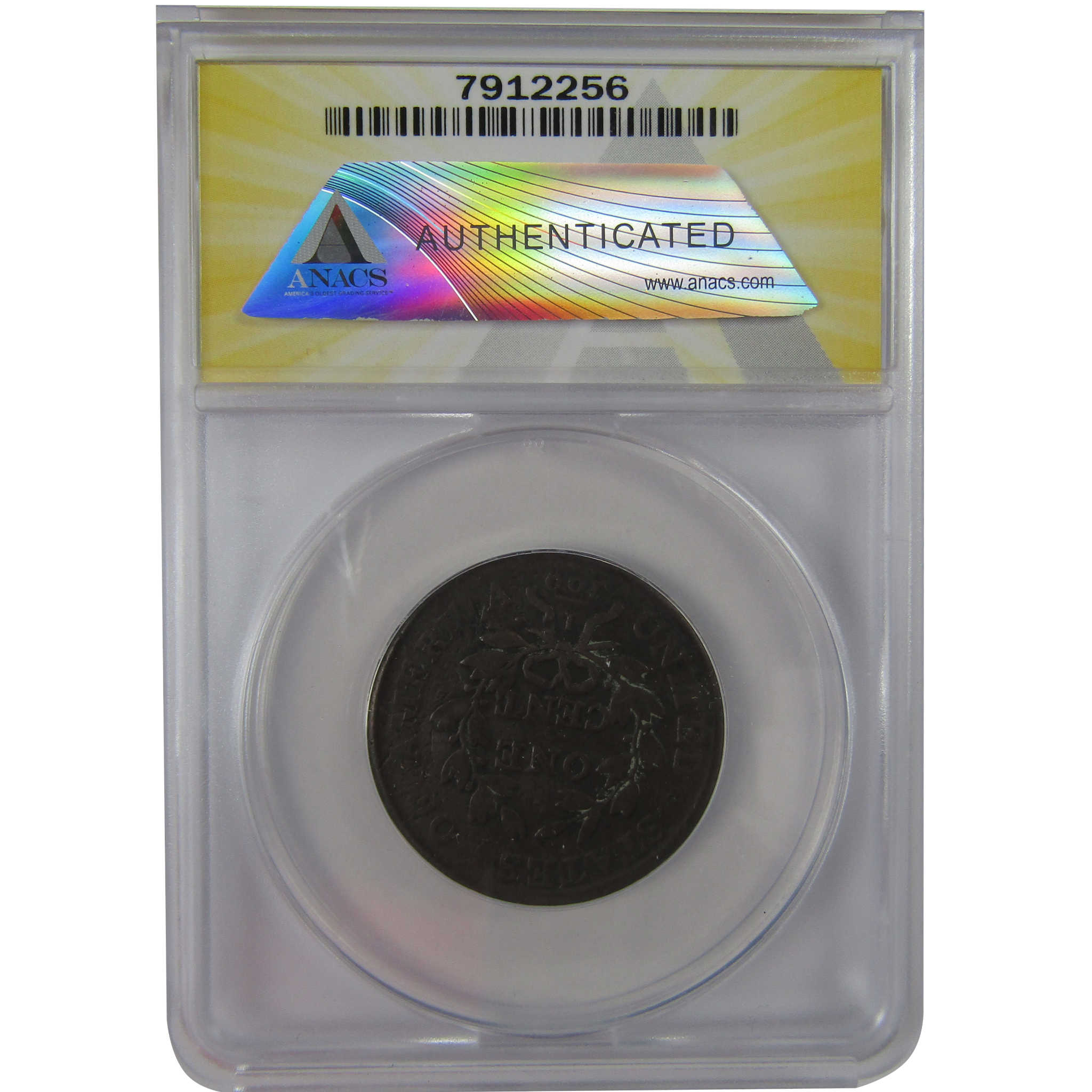
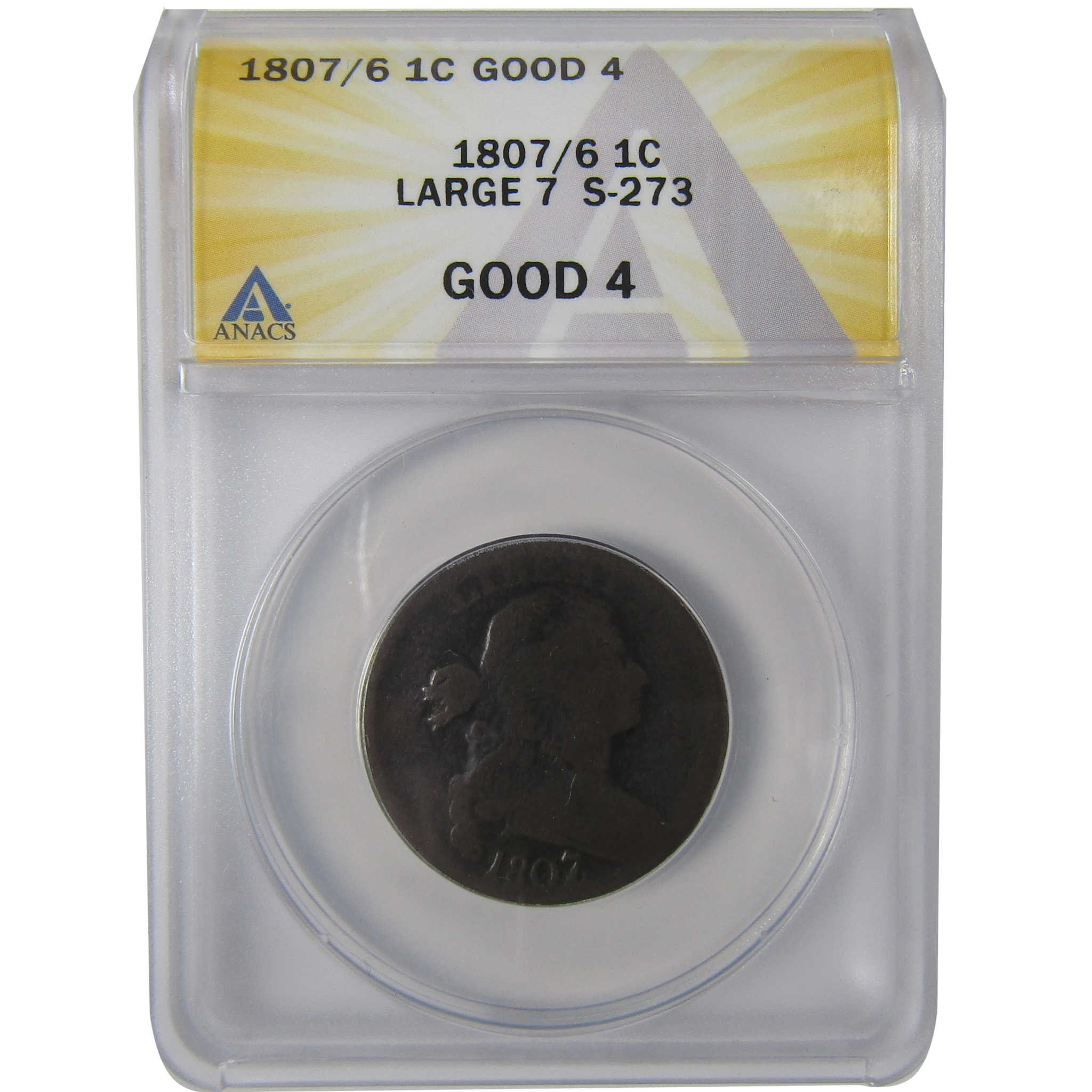
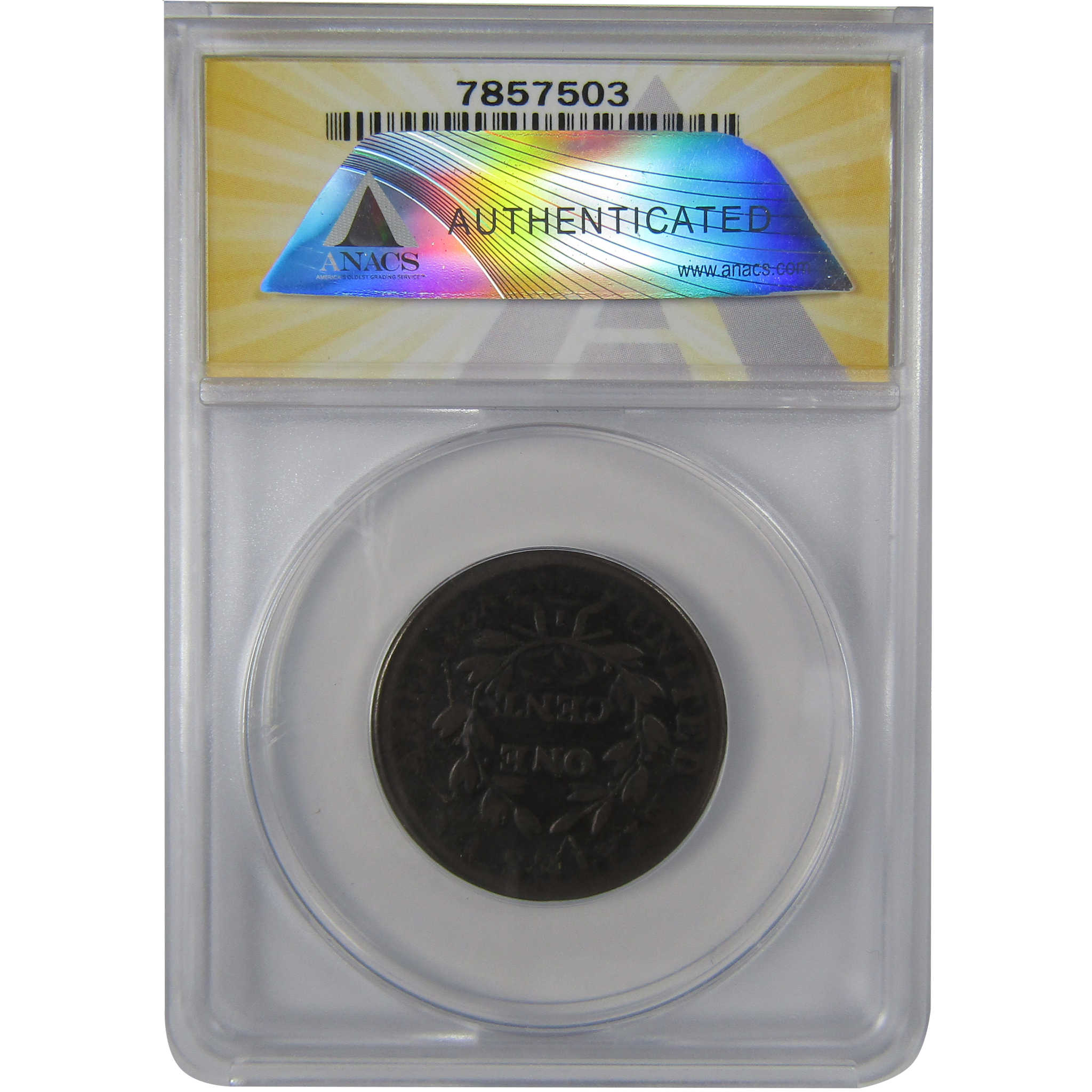
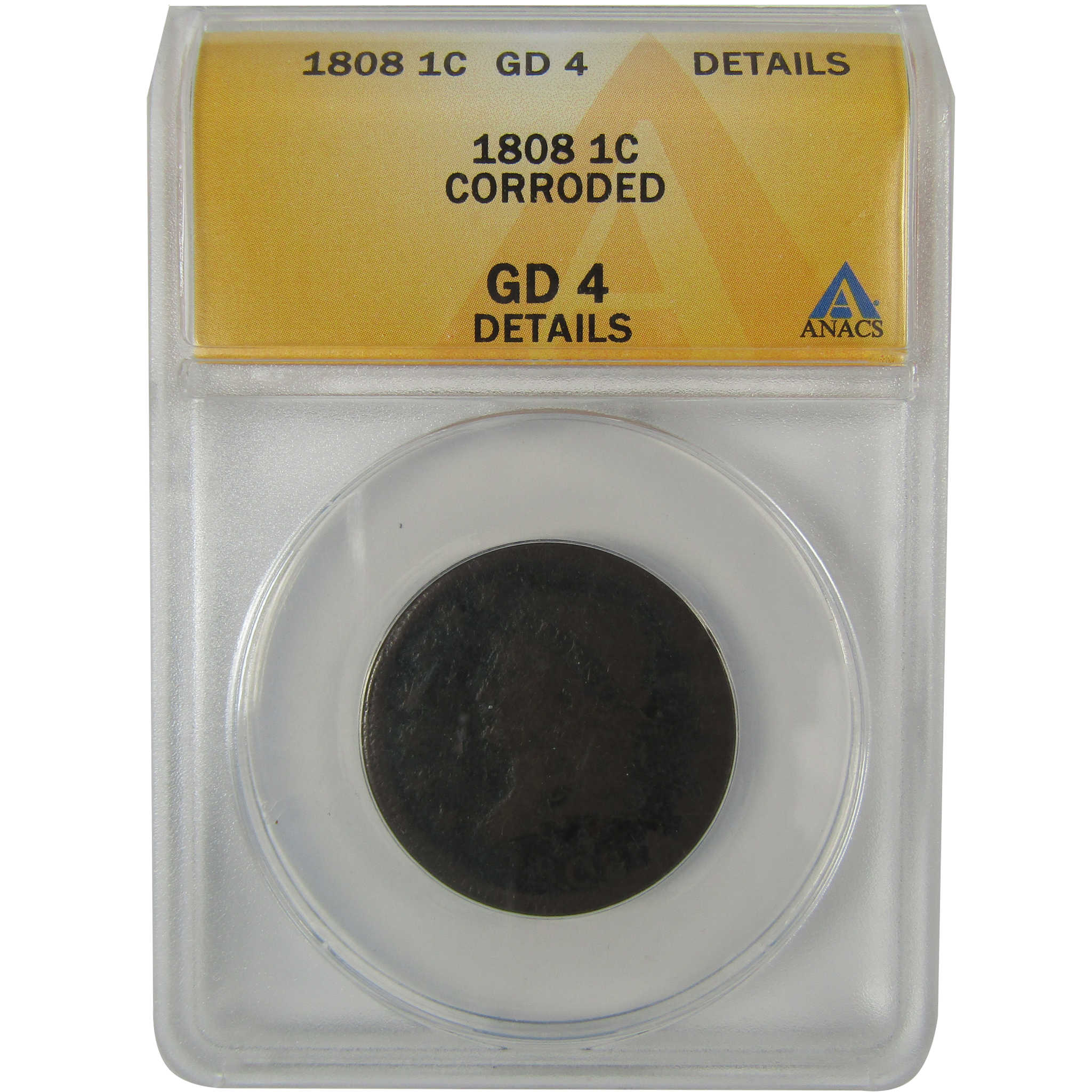
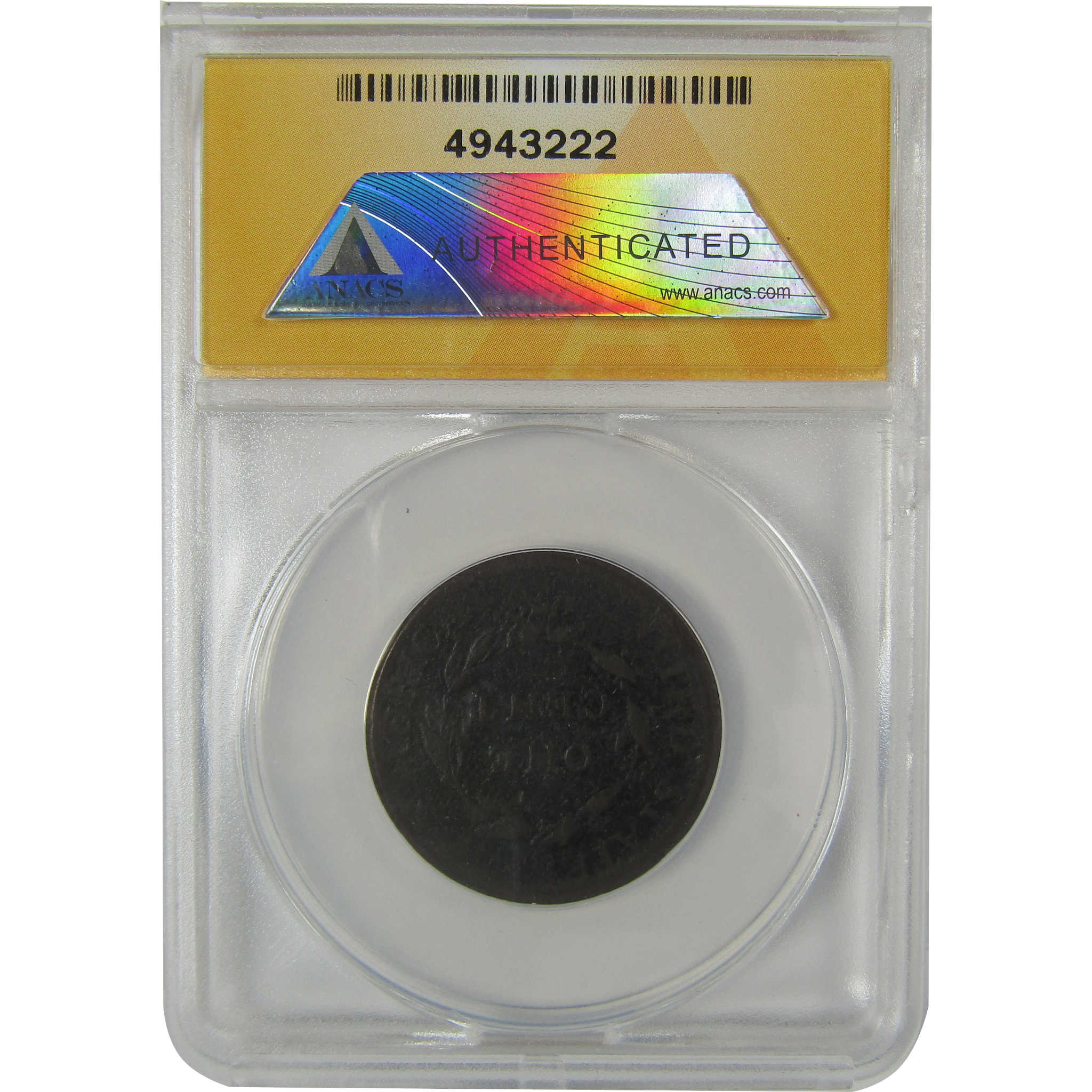
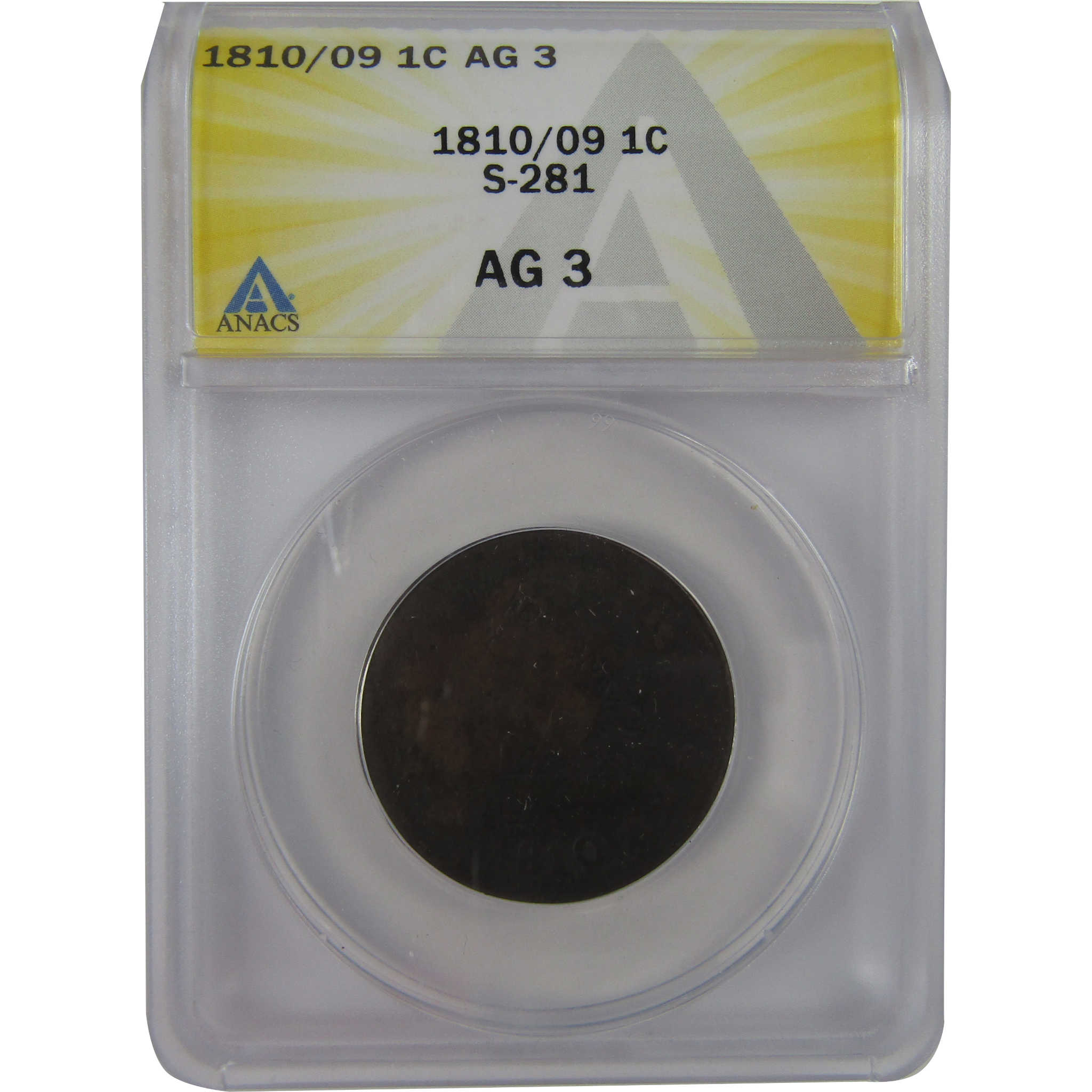
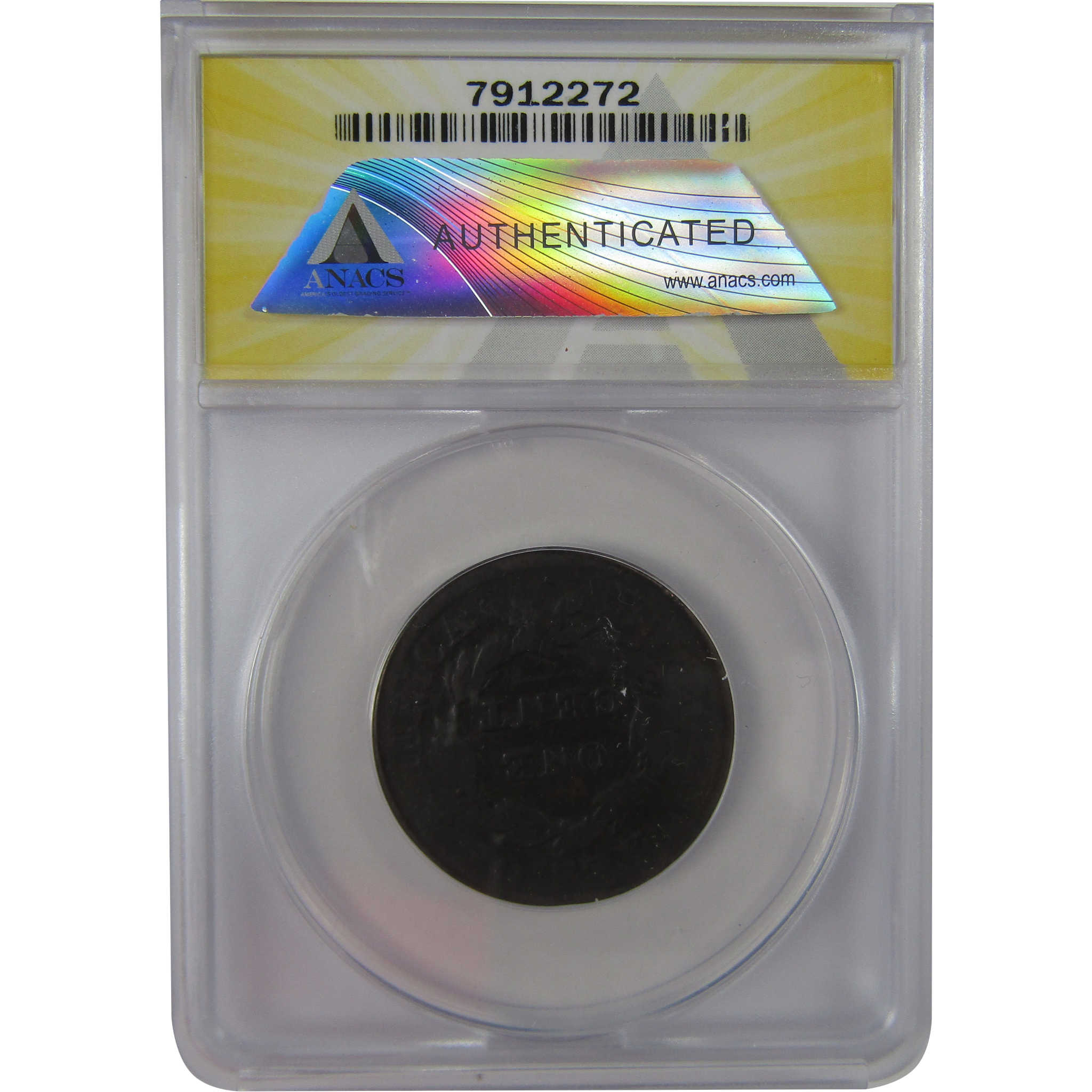
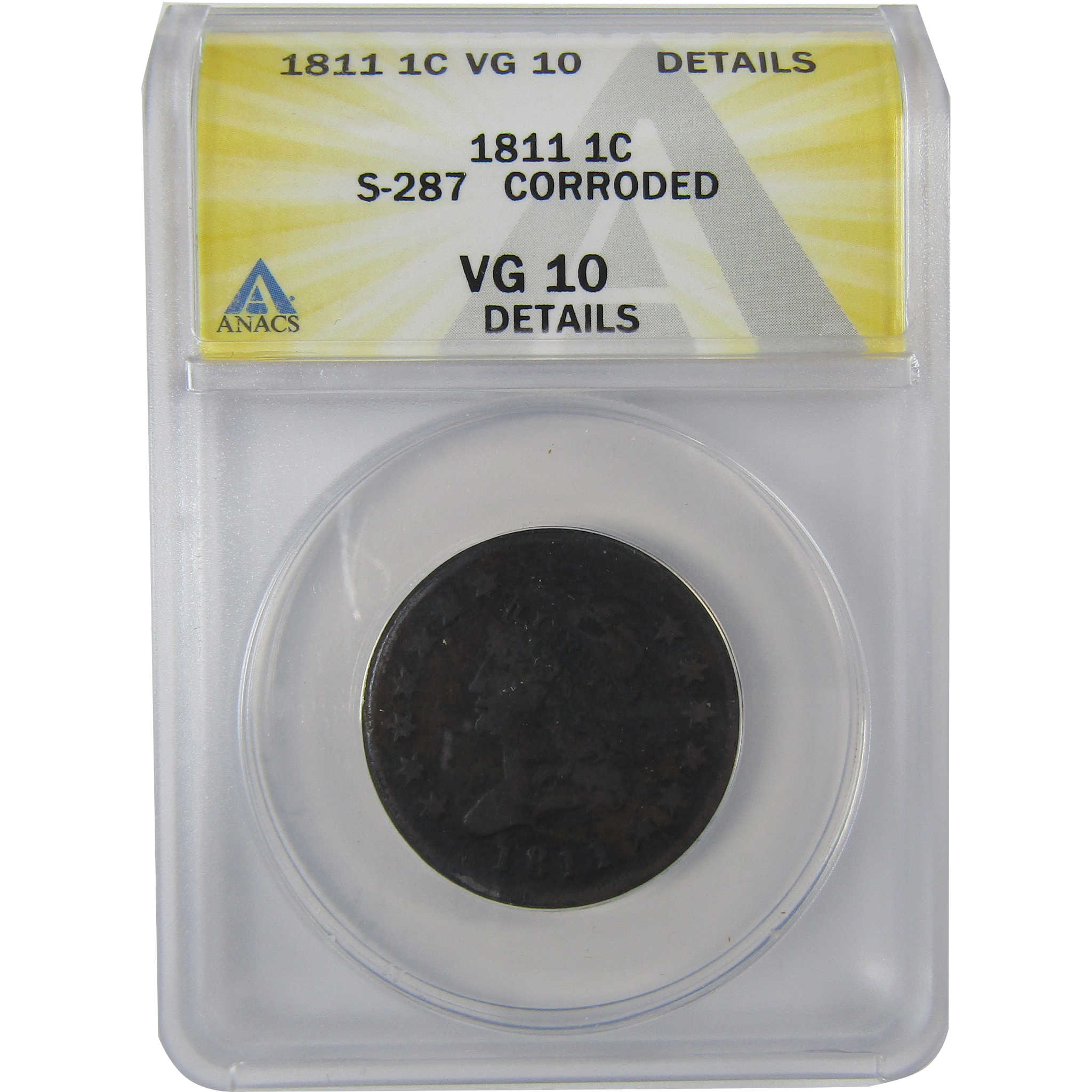

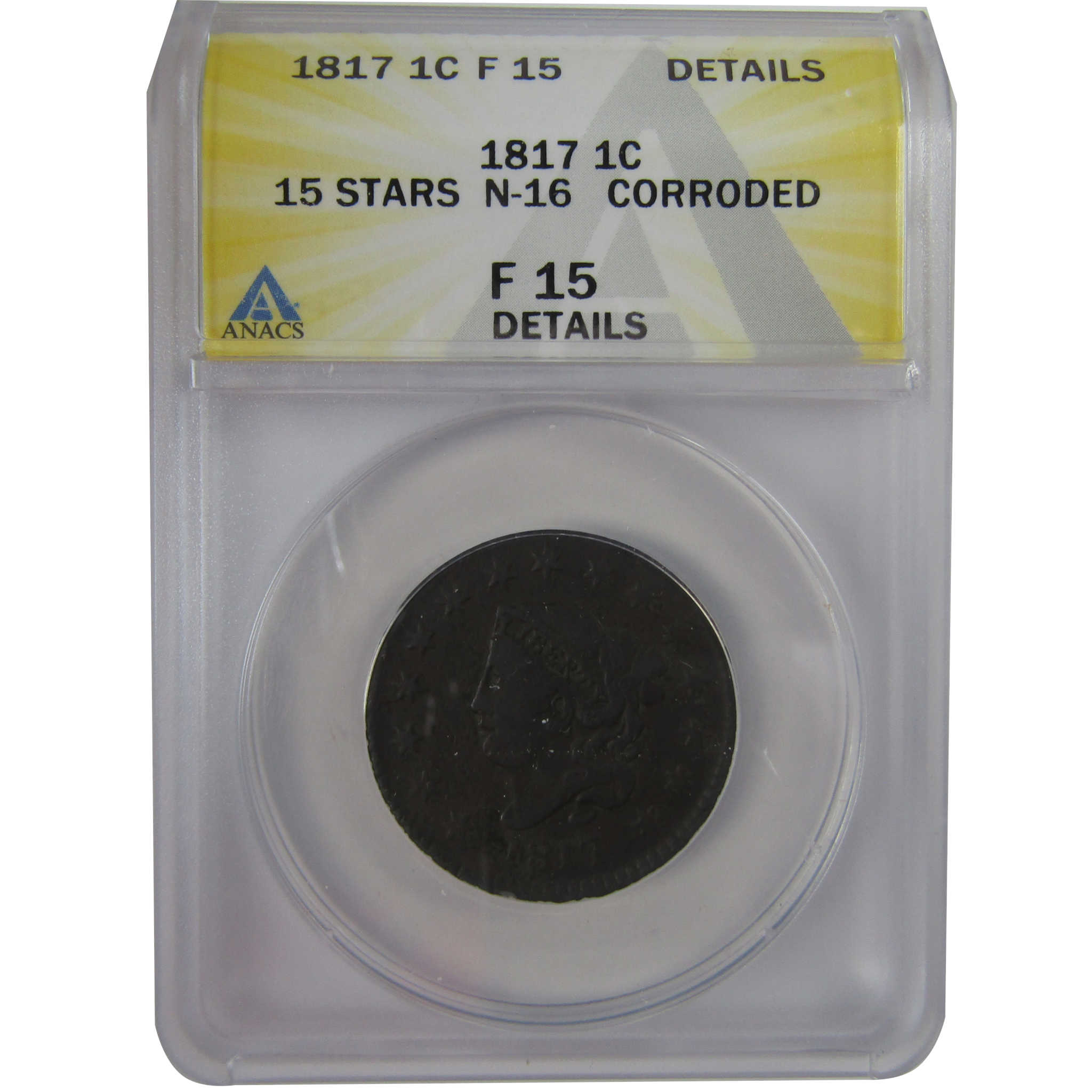
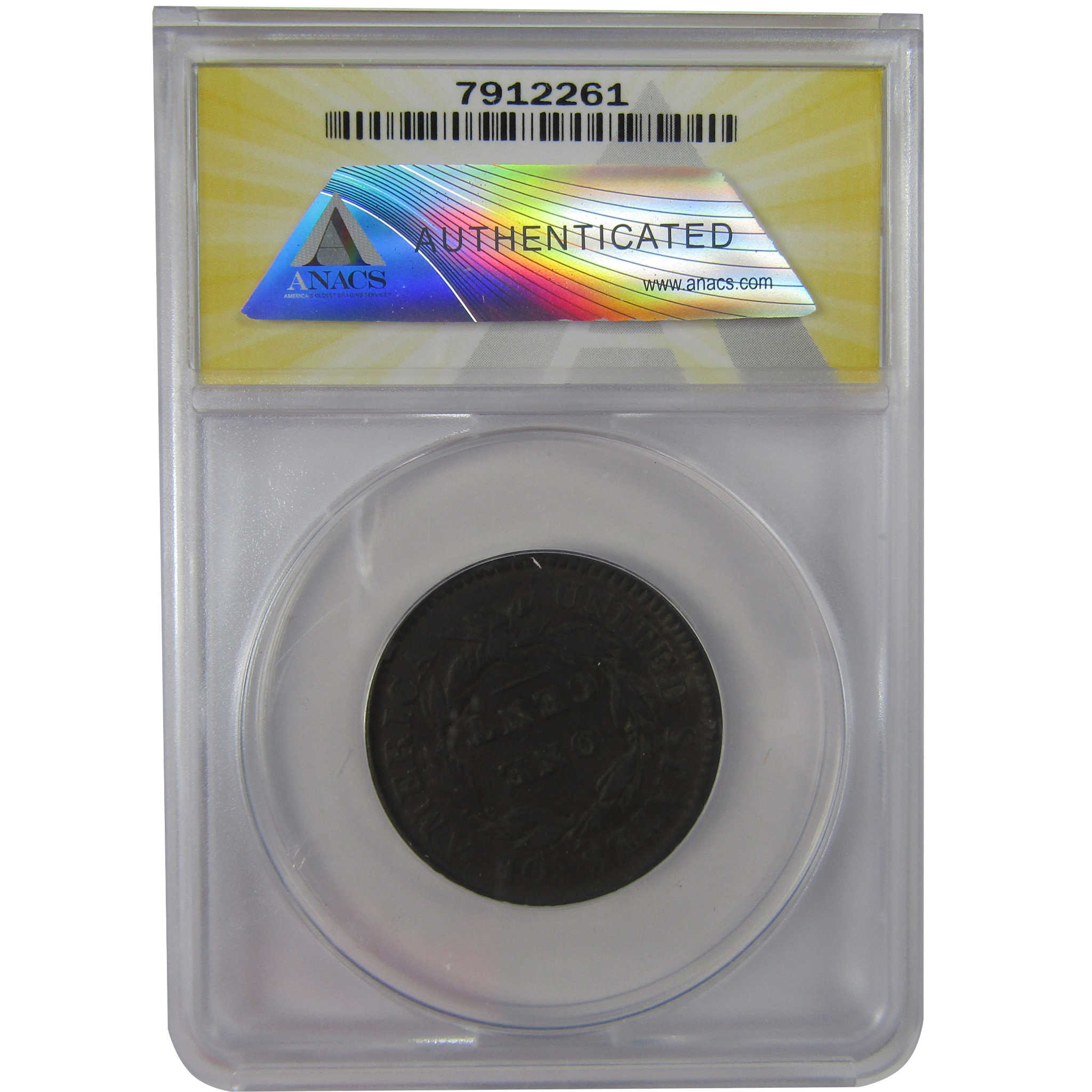
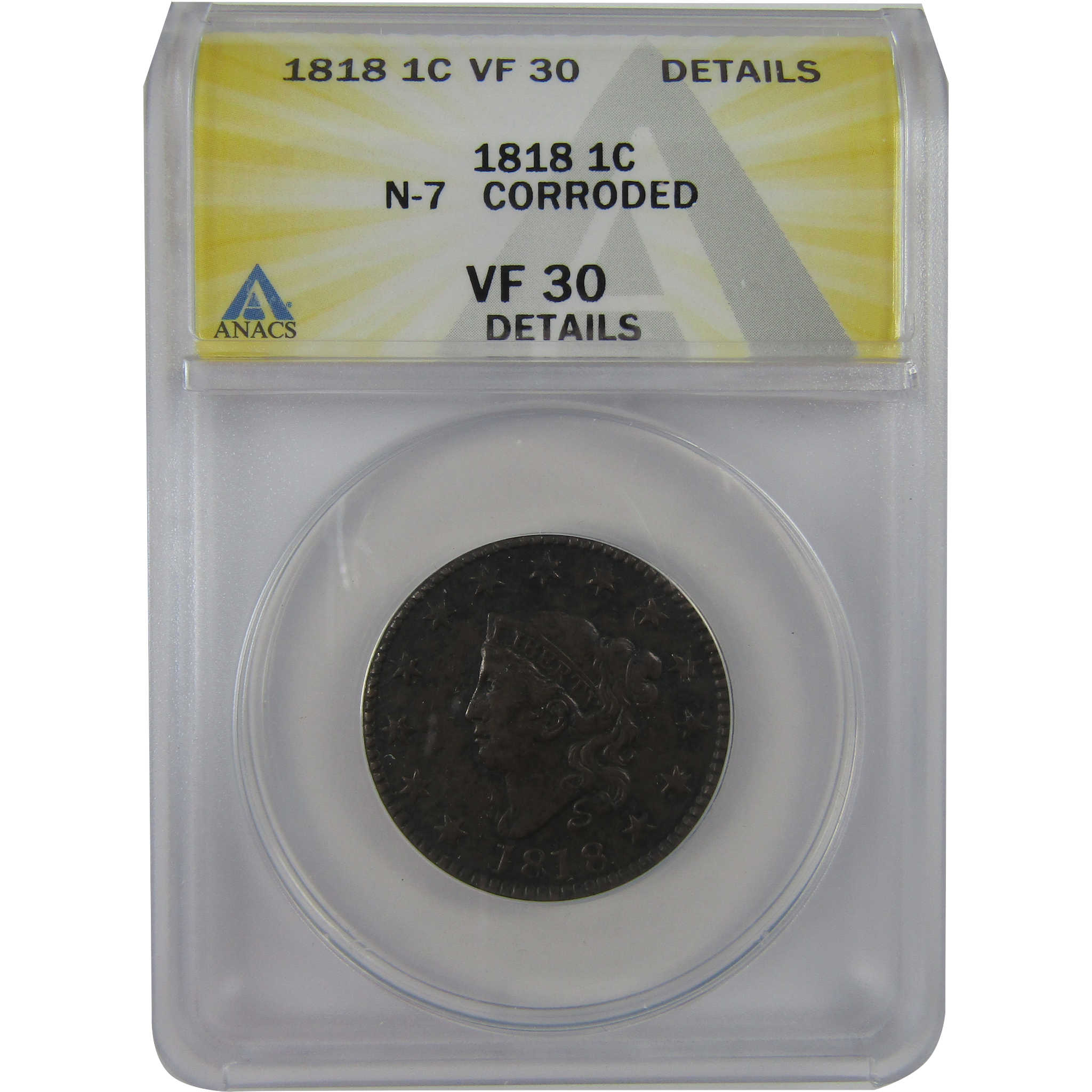
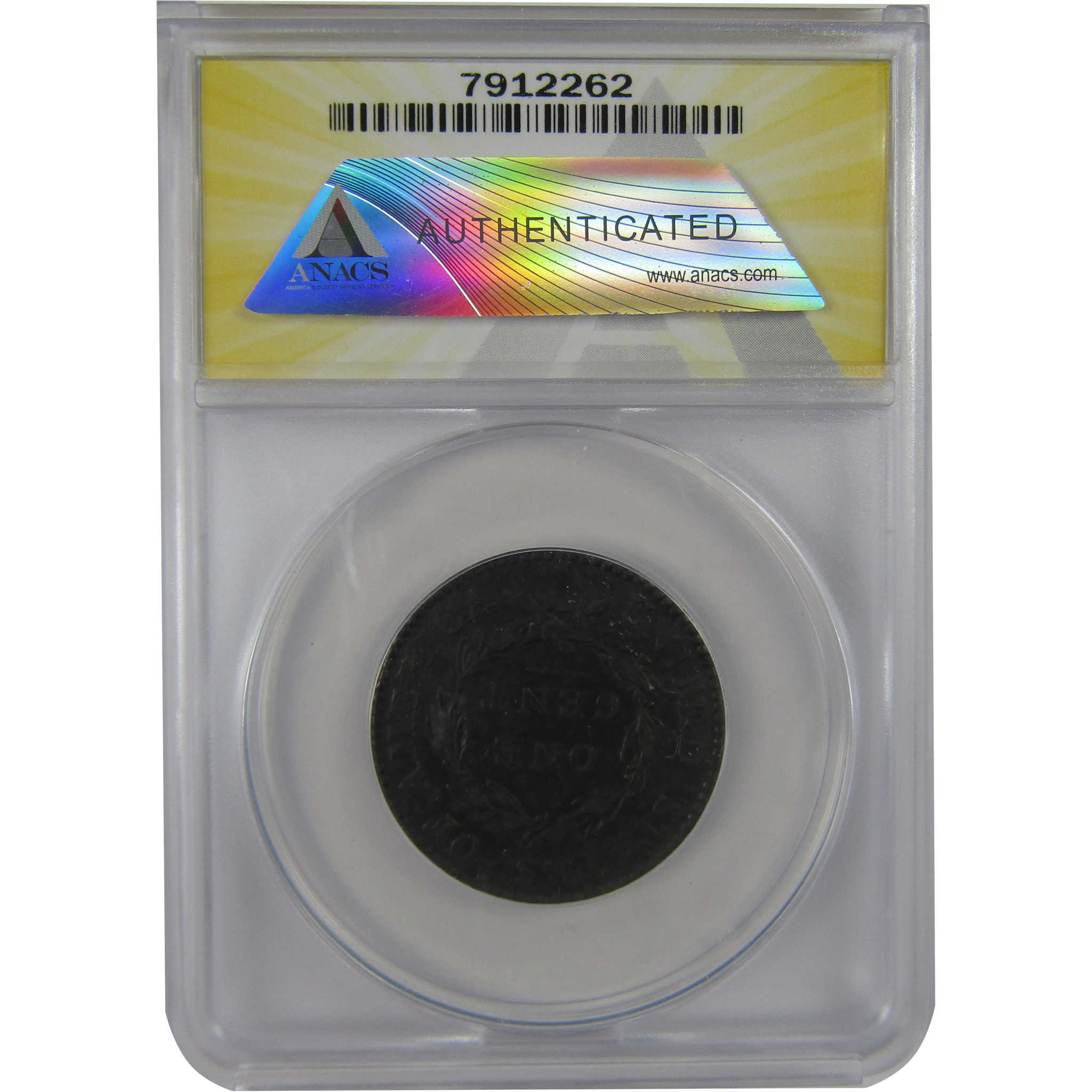
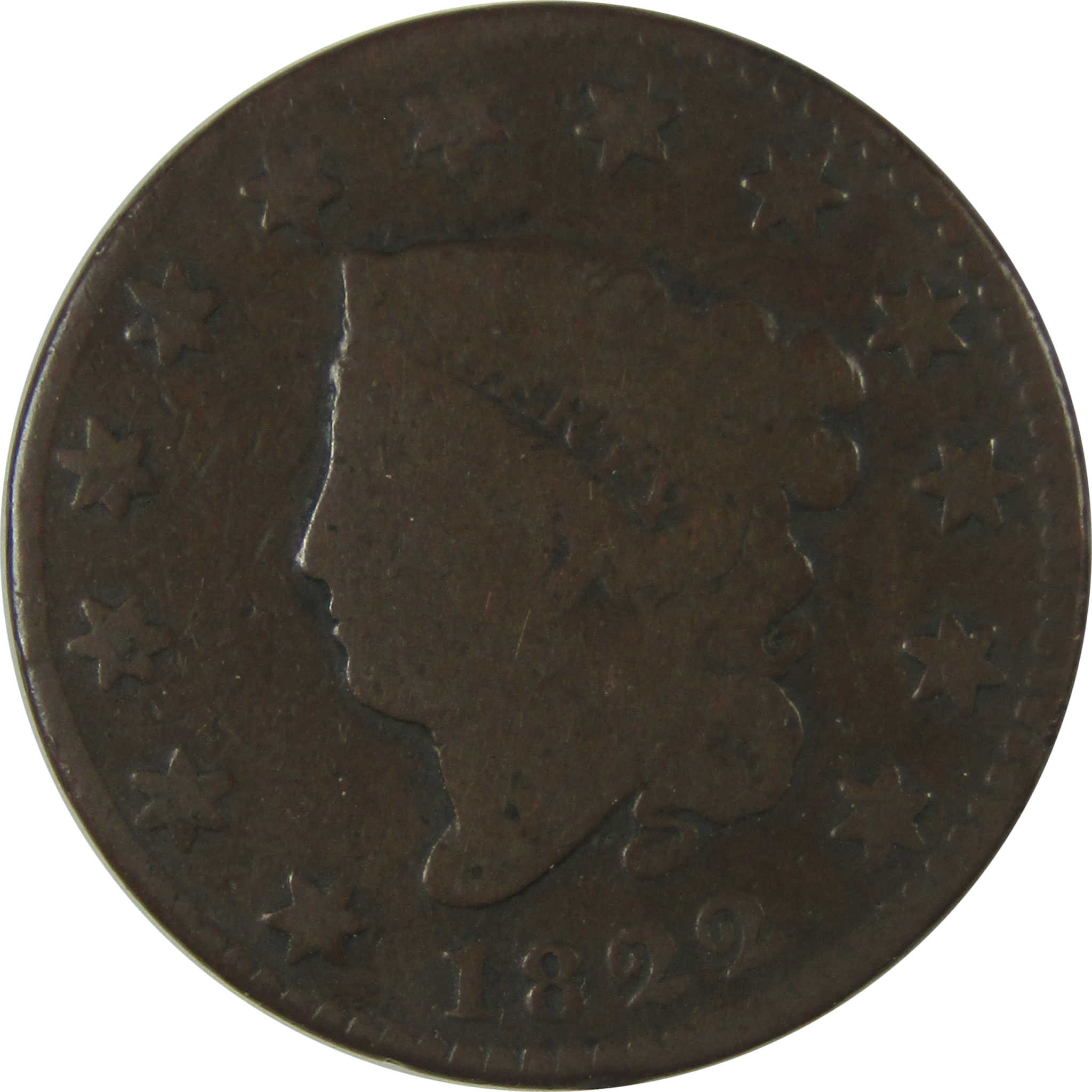
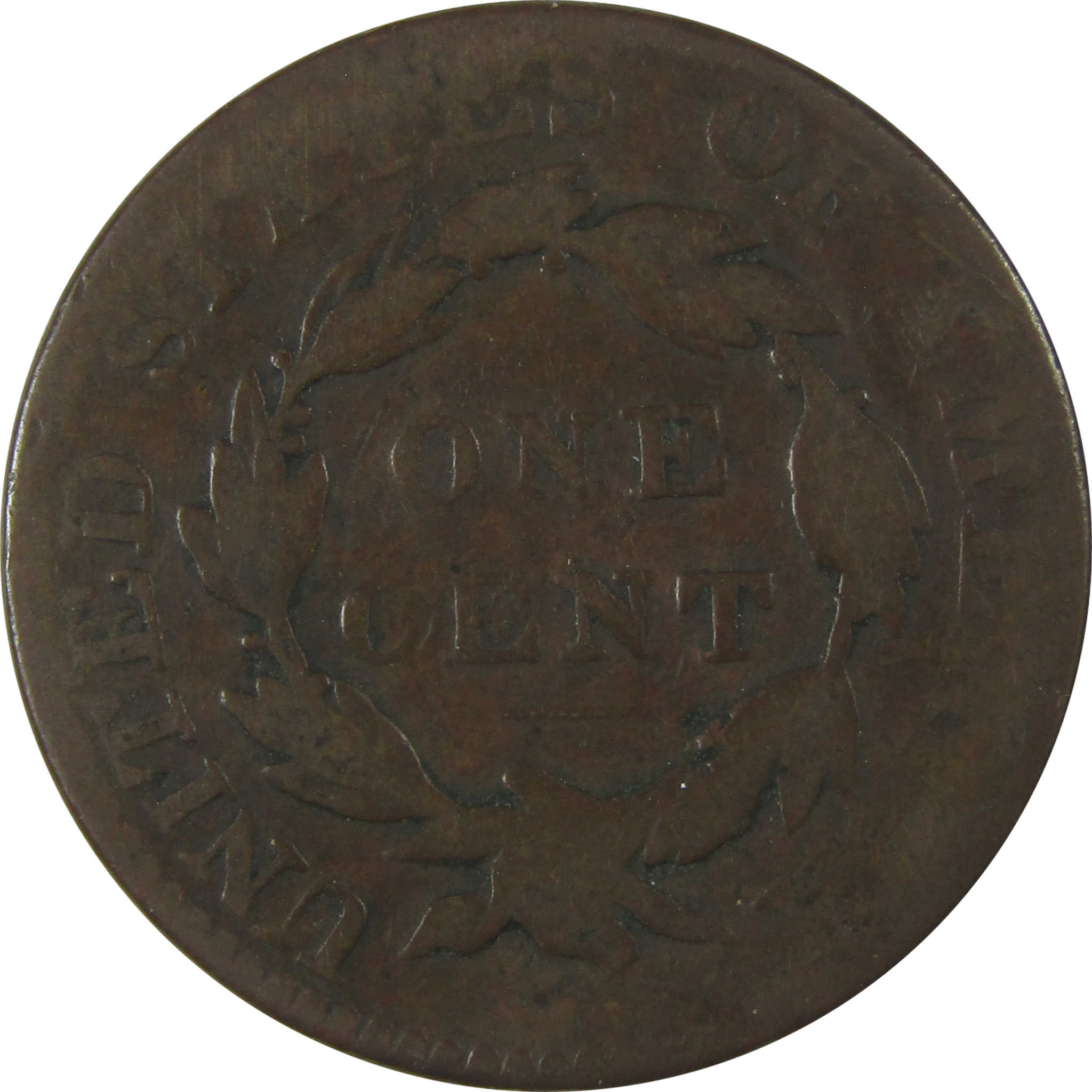
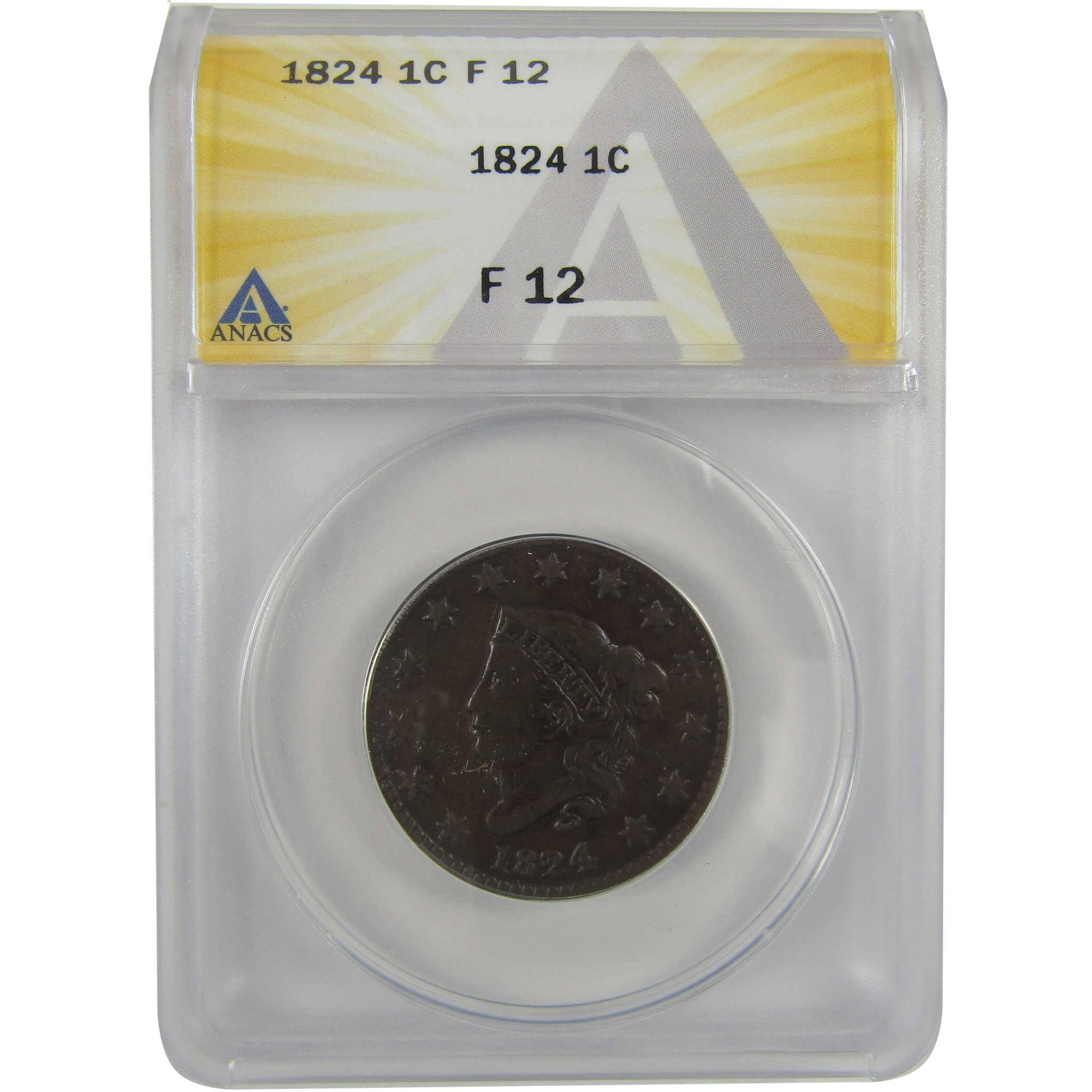
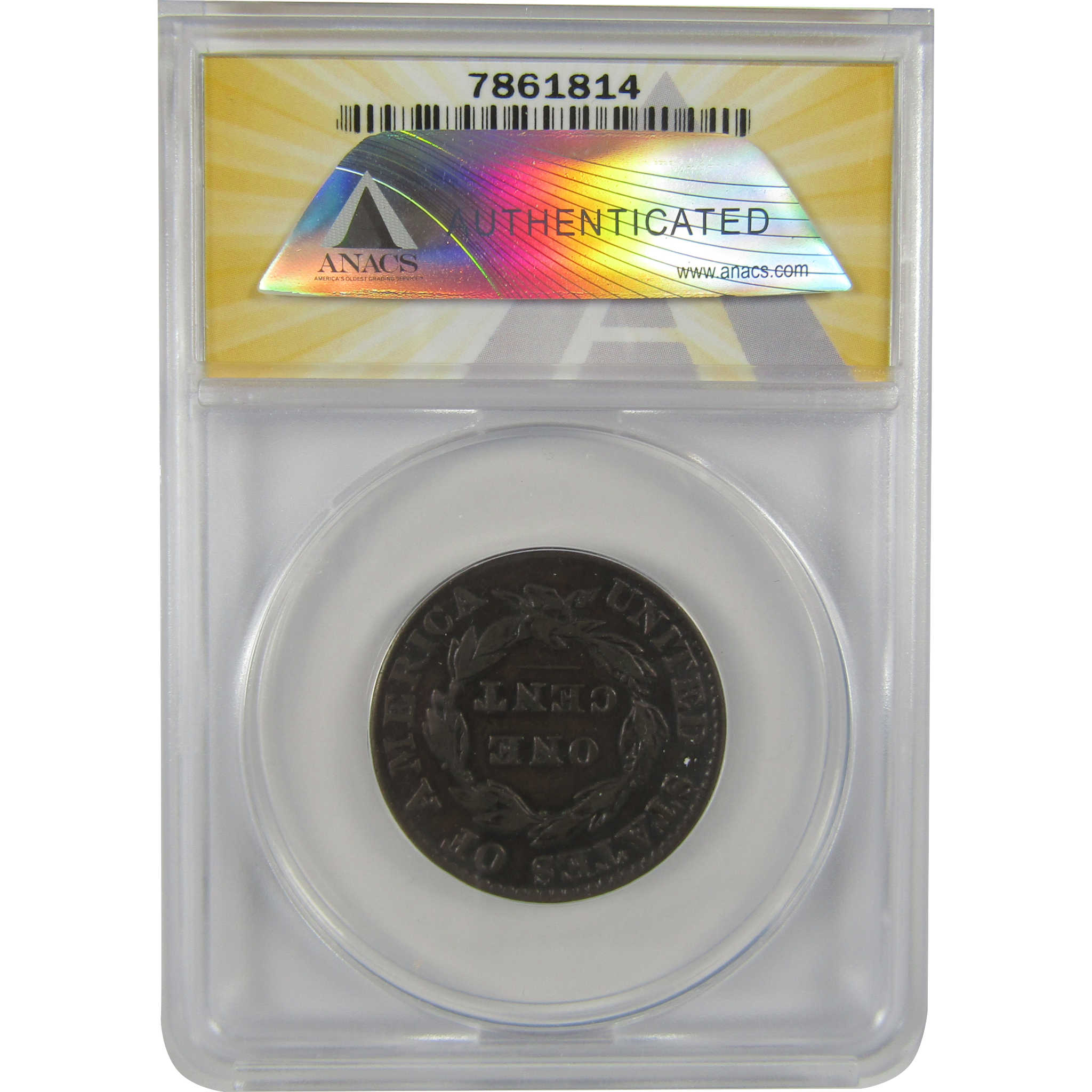




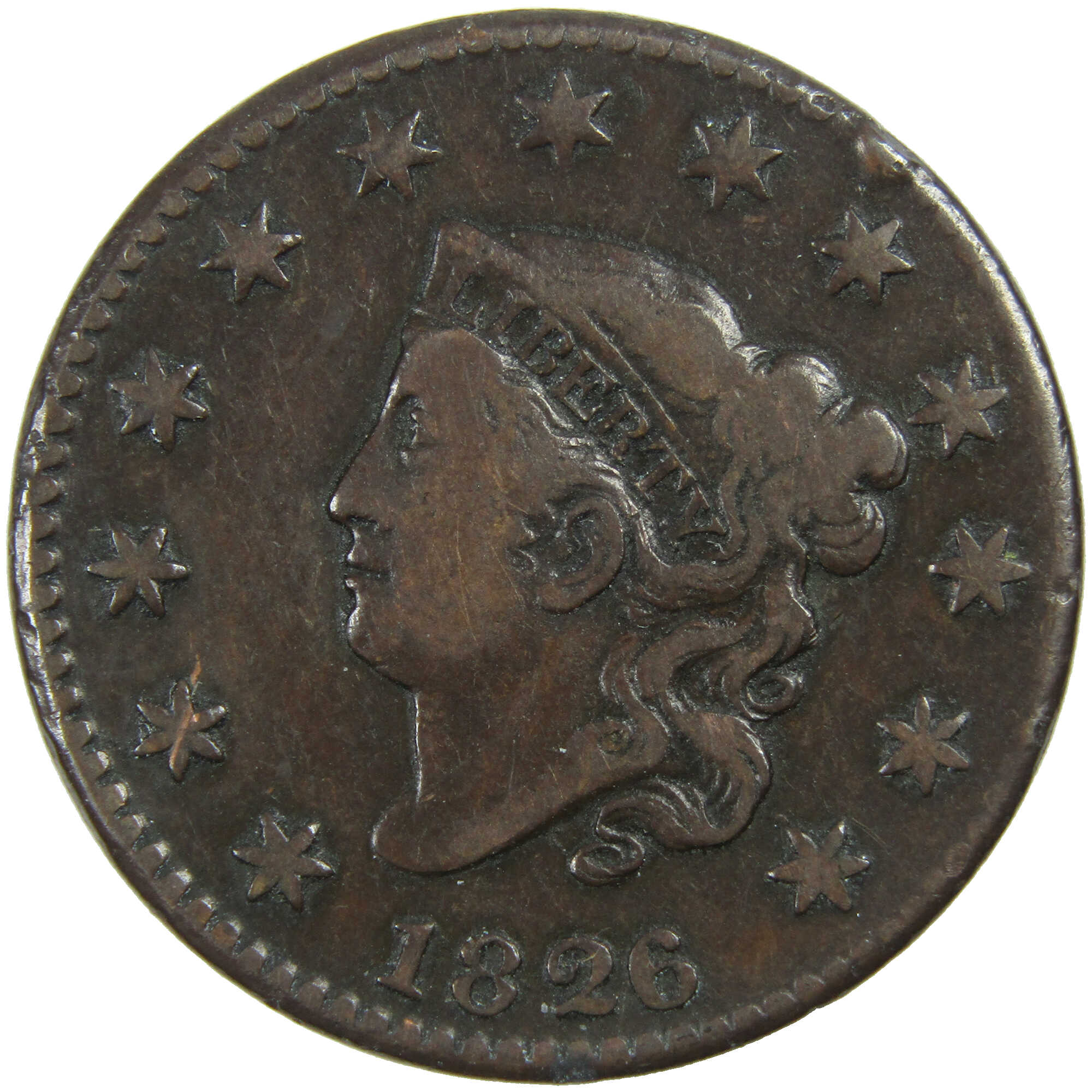
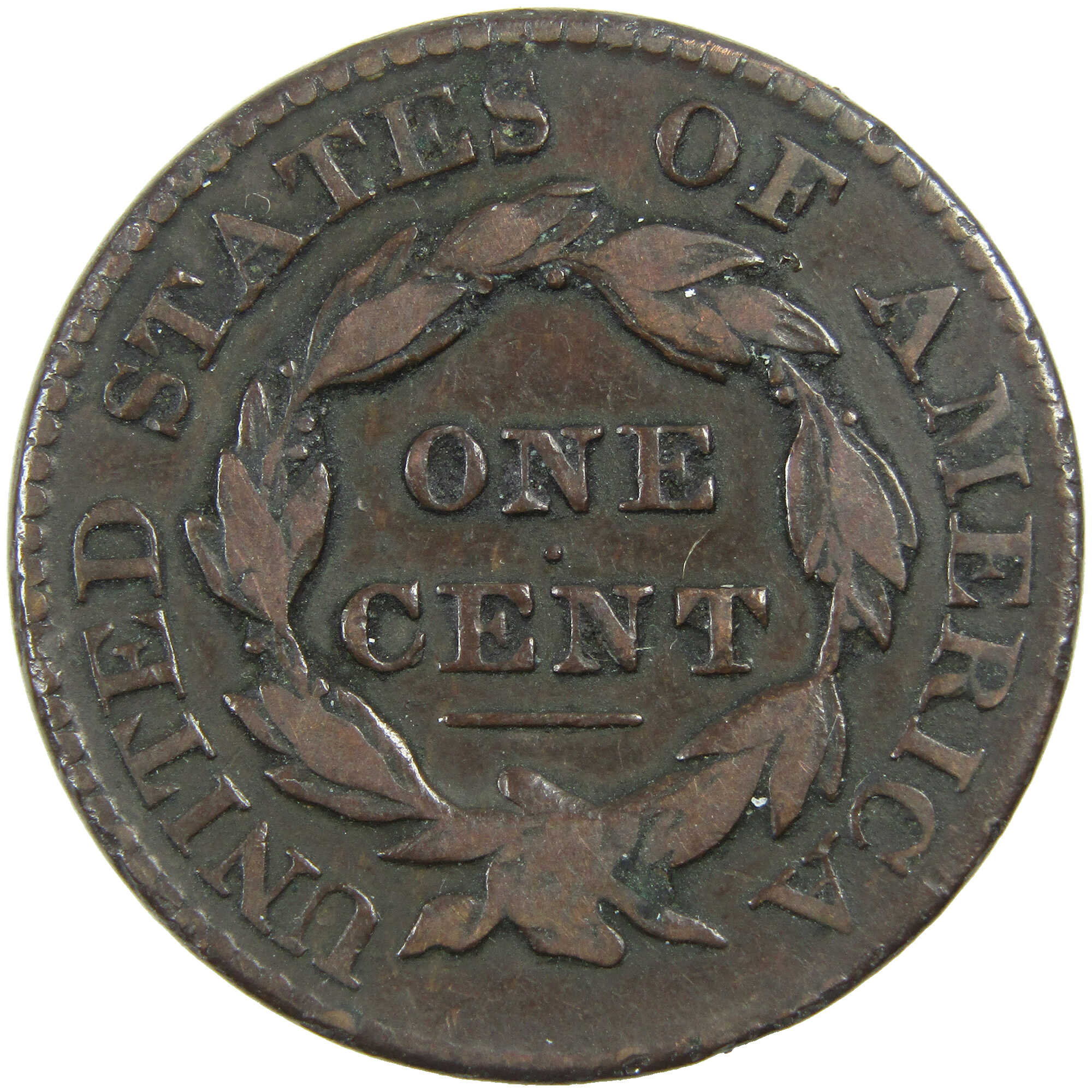
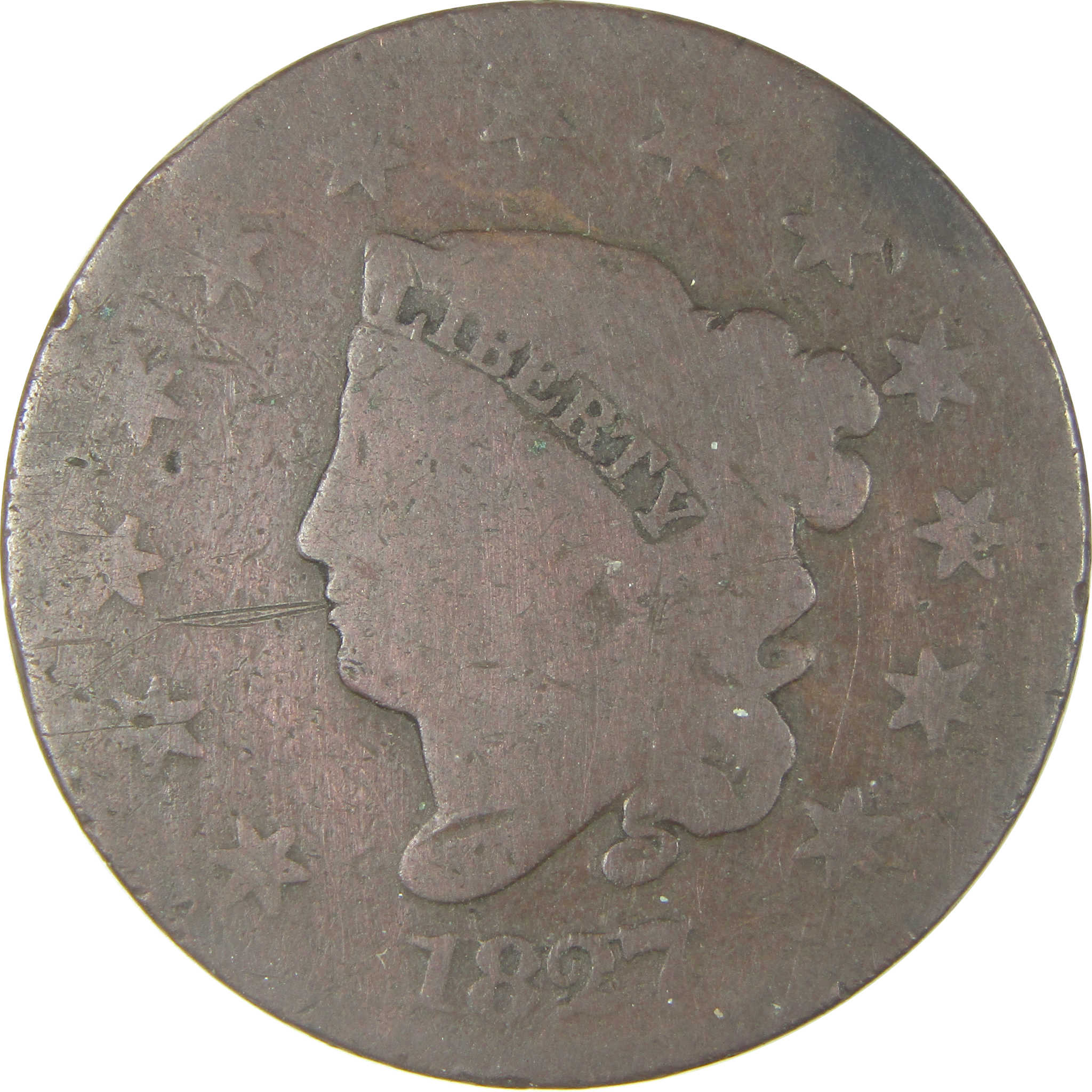
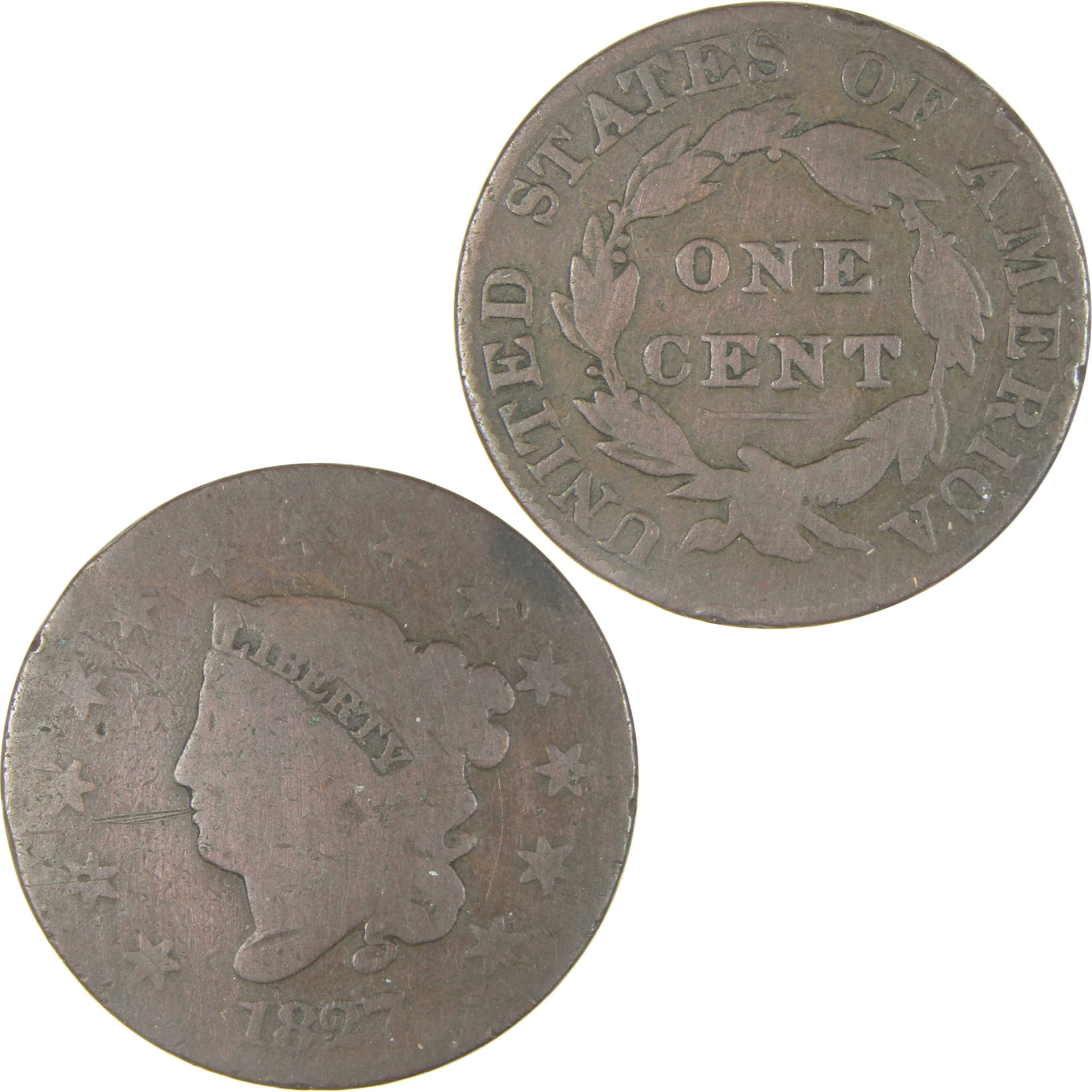
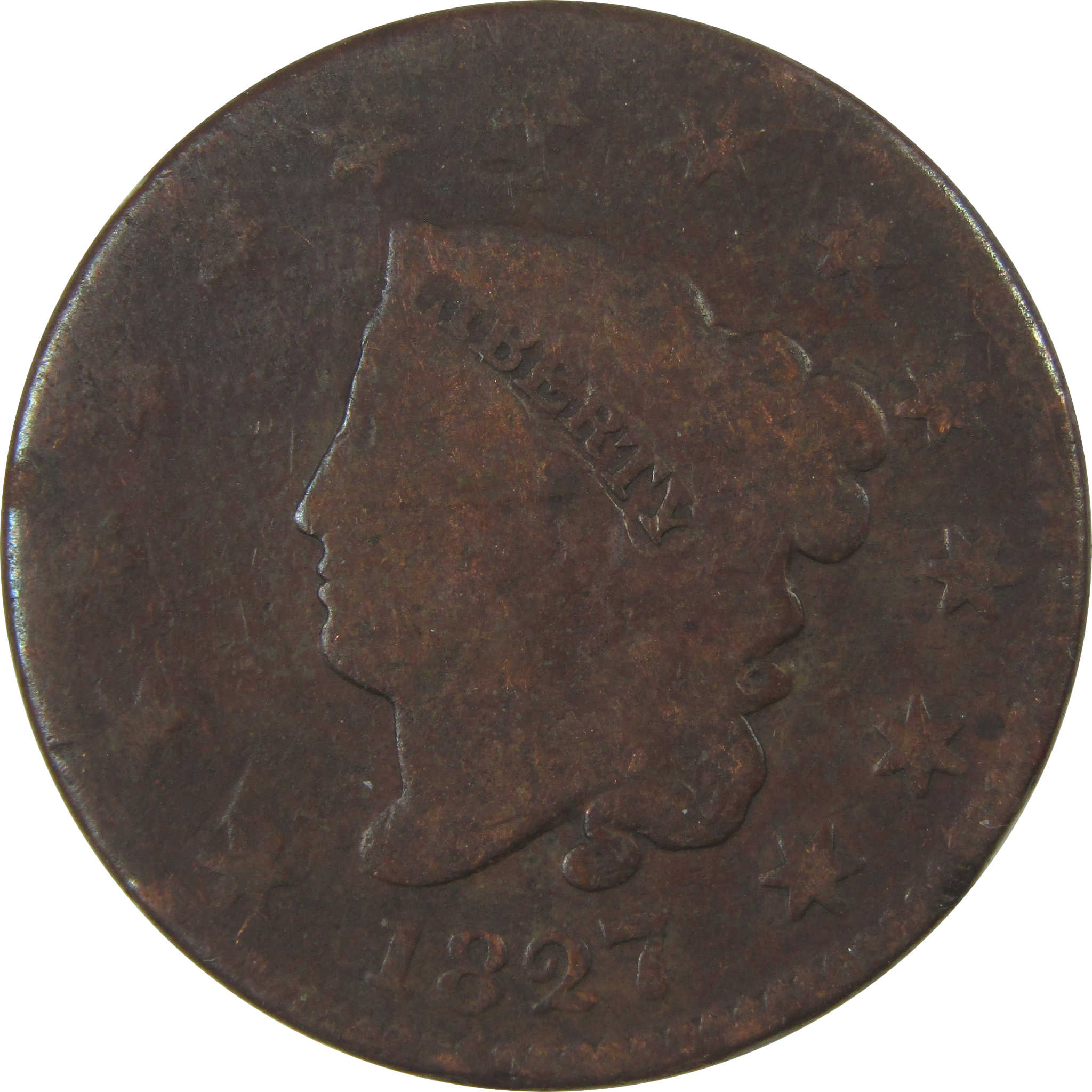
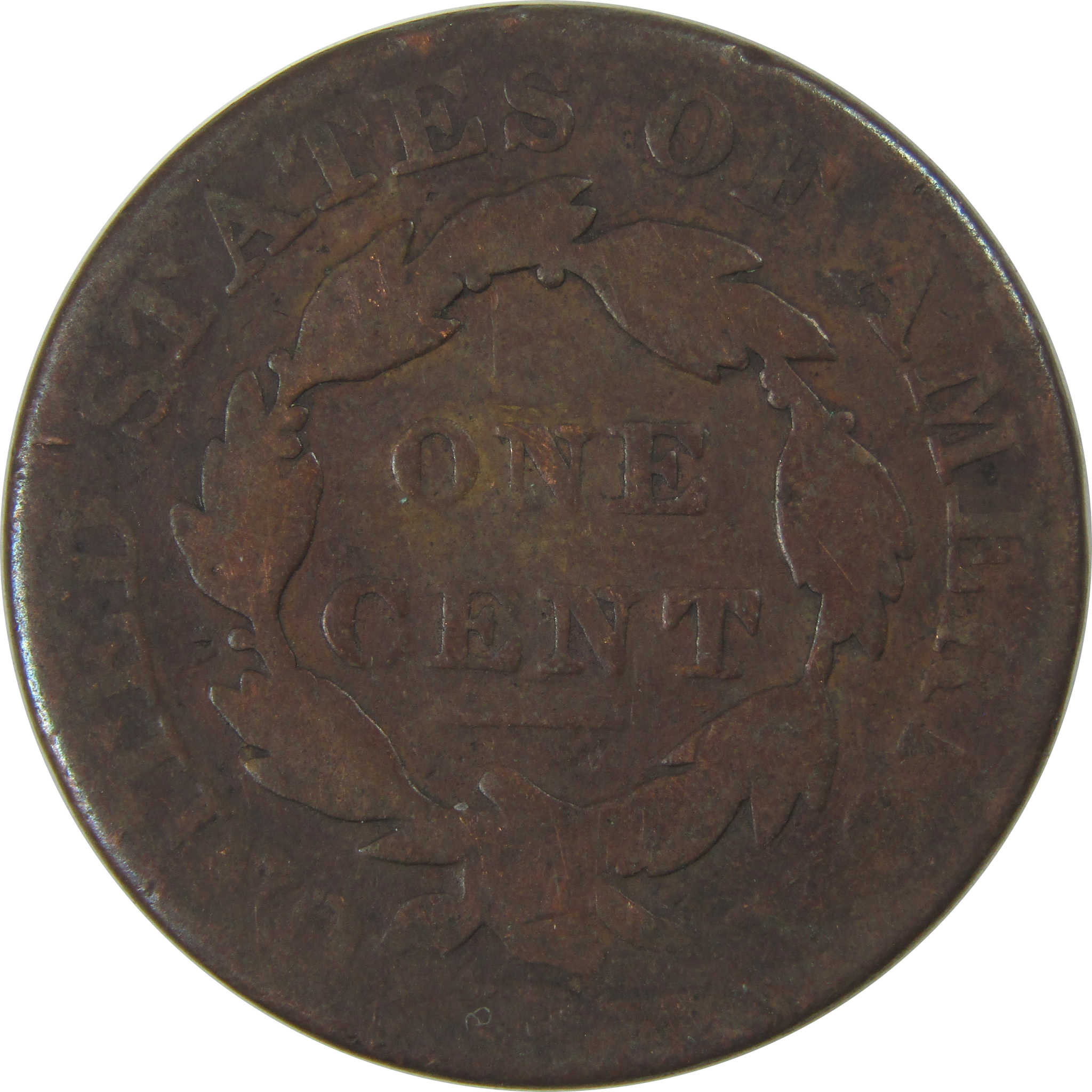
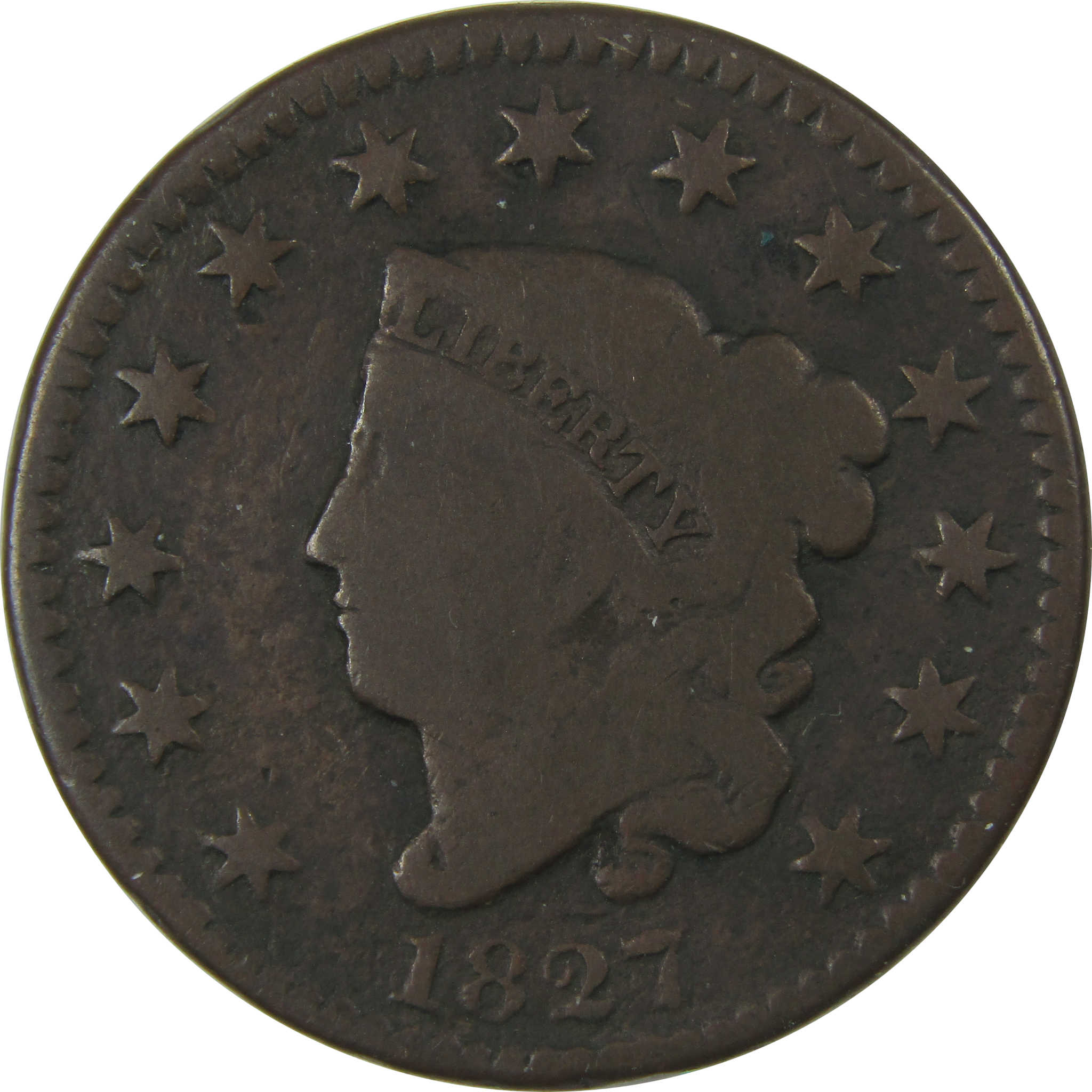
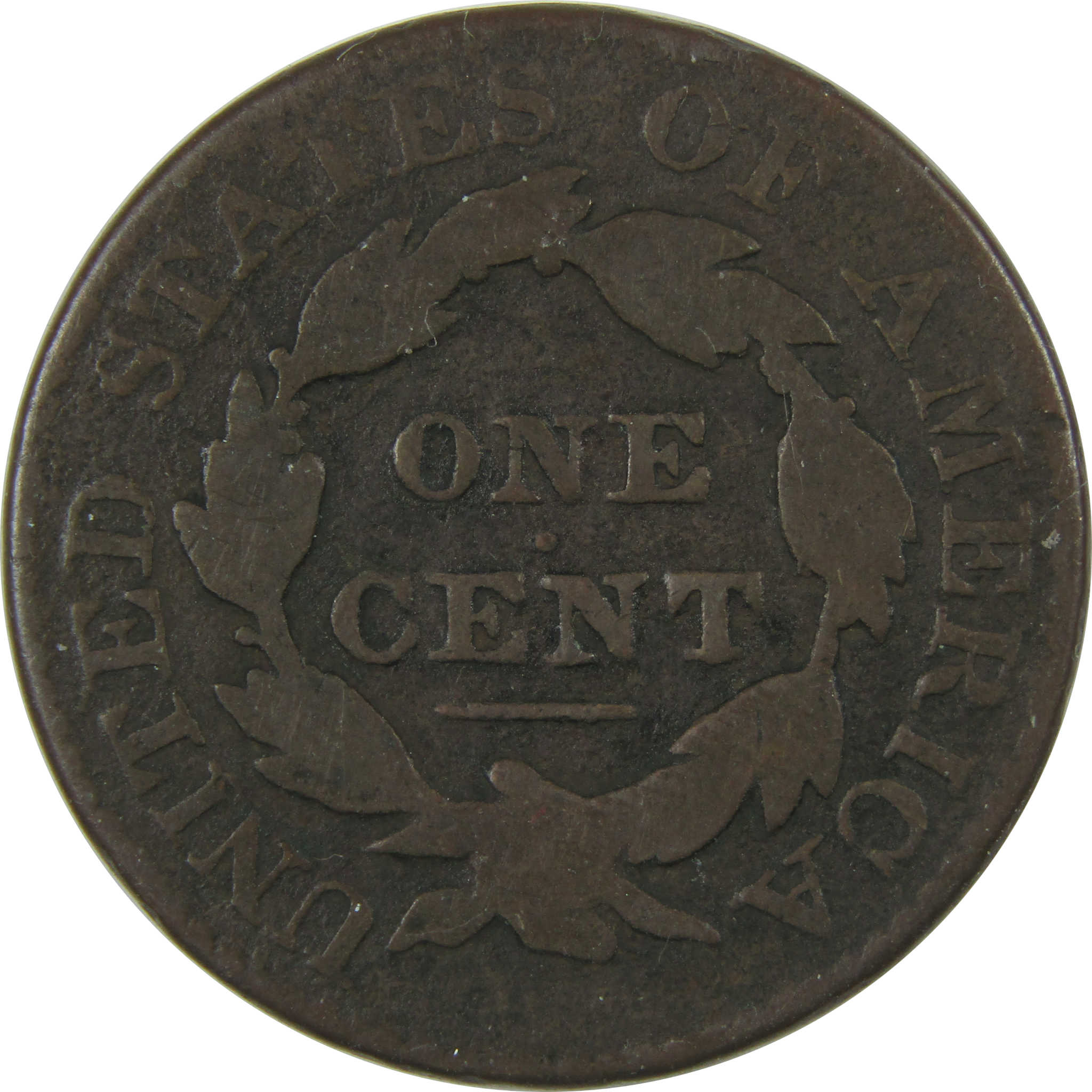
Large Cents: A Brief History
The U.S. large cent was the first official coin produced by the United States Mint for circulation, beginning in 1793. It played a foundational role in establishing the young nation’s currency system and was a significant coin for everyday transactions in the early years of the U.S. economy. The large cent is notable for its size, design evolution, and historical significance.
Early Years (1793-1796)
The first large cents were minted in 1793, following the Coinage Act of 1792, which established the U.S. Mint and authorized the production of various denominations, including the cent. These early cents were made of pure copper and were quite large, measuring about 27 to 29 millimeters in diameter (slightly larger than modern quarters). The size reflected the intrinsic value of copper at the time.
The very first design of the large cent, known as the Flowing Hair Chain Cent (1793), featured a profile of Lady Liberty with long, flowing hair on the obverse, symbolizing freedom, while the reverse displayed a chain of 15 links representing the original 13 colonies. However, the Chain Cent design was criticized for its harsh depiction of Liberty and the use of a chain, which some associated with slavery. As a result, it was quickly replaced by the Flowing Hair Wreath Cent later in 1793, which retained Lady Liberty’s profile but replaced the chain with a wreath on the reverse. However, after three months, this design was replaced in favor of the Liberty Cap Large Cent (1793-1796).
Classic Designs (1796-1857)
In 1796, the Draped Bust Large Cent was introduced, featuring a more refined depiction of Liberty with her hair tied back and draped in cloth. This design, created by artist Gilbert Stuart, was part of an effort to improve the aesthetic appeal of U.S. coinage. The reverse retained the wreath motif, symbolizing unity and strength. The Draped Bust Cent remained in production until 1807, when it was replaced by the Classic Head Cent (1808-1814), which featured a slimmer and younger Lady Liberty.
The next significant redesign came with the Coronet Head Cent (1816-1839), also known as the Matron Head Cent. This design was more neoclassical in style and featured a more mature representation of Liberty wearing a coronet inscribed with the word "LIBERTY." The reverse retained the wreath but became more detailed and intricate.
The final major design for the large cent was the Braided Hair Cent (1839-1857), which displayed a more stylized and modern depiction of Liberty with a braid of hair and a tighter profile. This design remained in circulation until the end of large cent production in 1857, when the coin was replaced by the smaller, copper-nickel Flying Eagle Cent due to the rising cost of copper.
End of the Large Cent (1857)
By the 1850s, the large cent had become expensive to produce because of the rising price of copper. The large size of the coin also made it unpopular for everyday use. In response, the U.S. Mint decided to discontinue the large cent in 1857 and replace it with the smaller Flying Eagle Cent. This transition marked the end of over six decades of large cent production and the beginning of the smaller, more convenient cent coins we use today.
The U.S. large cent played an essential role in the early history of American currency, symbolizing the nation’s independence and commitment to a unified monetary system. As the first official coin minted by the U.S. government, it became a staple of daily commerce and a reflection of evolving American ideals. Though its production ended in 1857, its historical importance continues, making it a treasured artifact for collectors and a symbol of the nation’s economic and cultural heritage.

